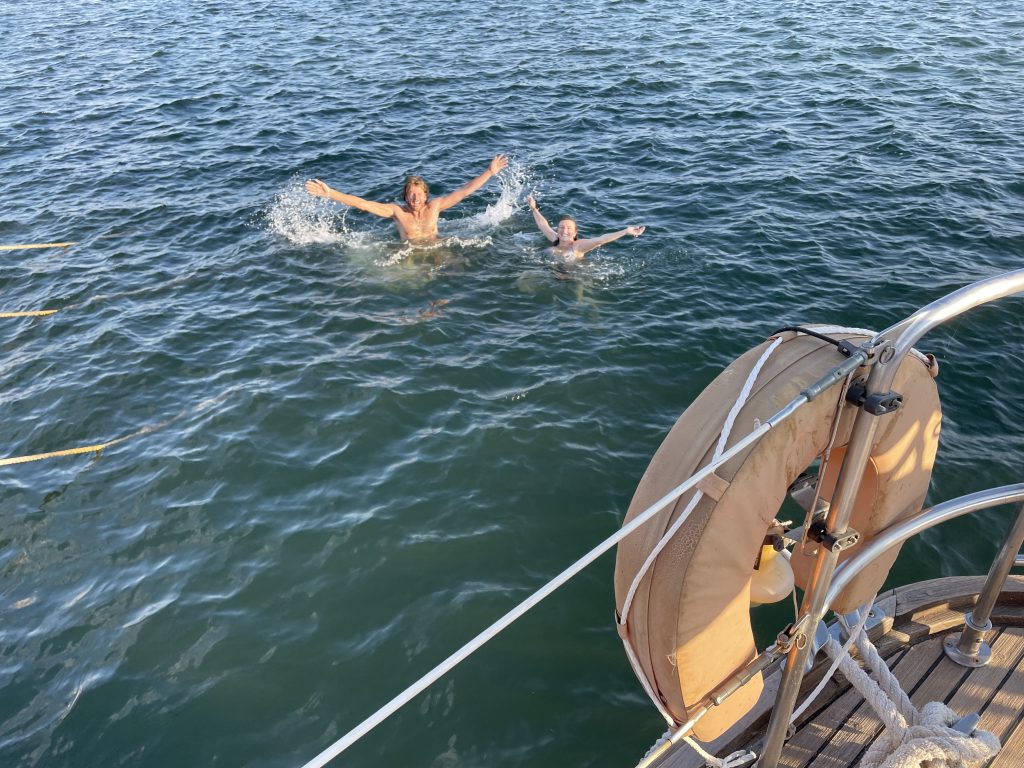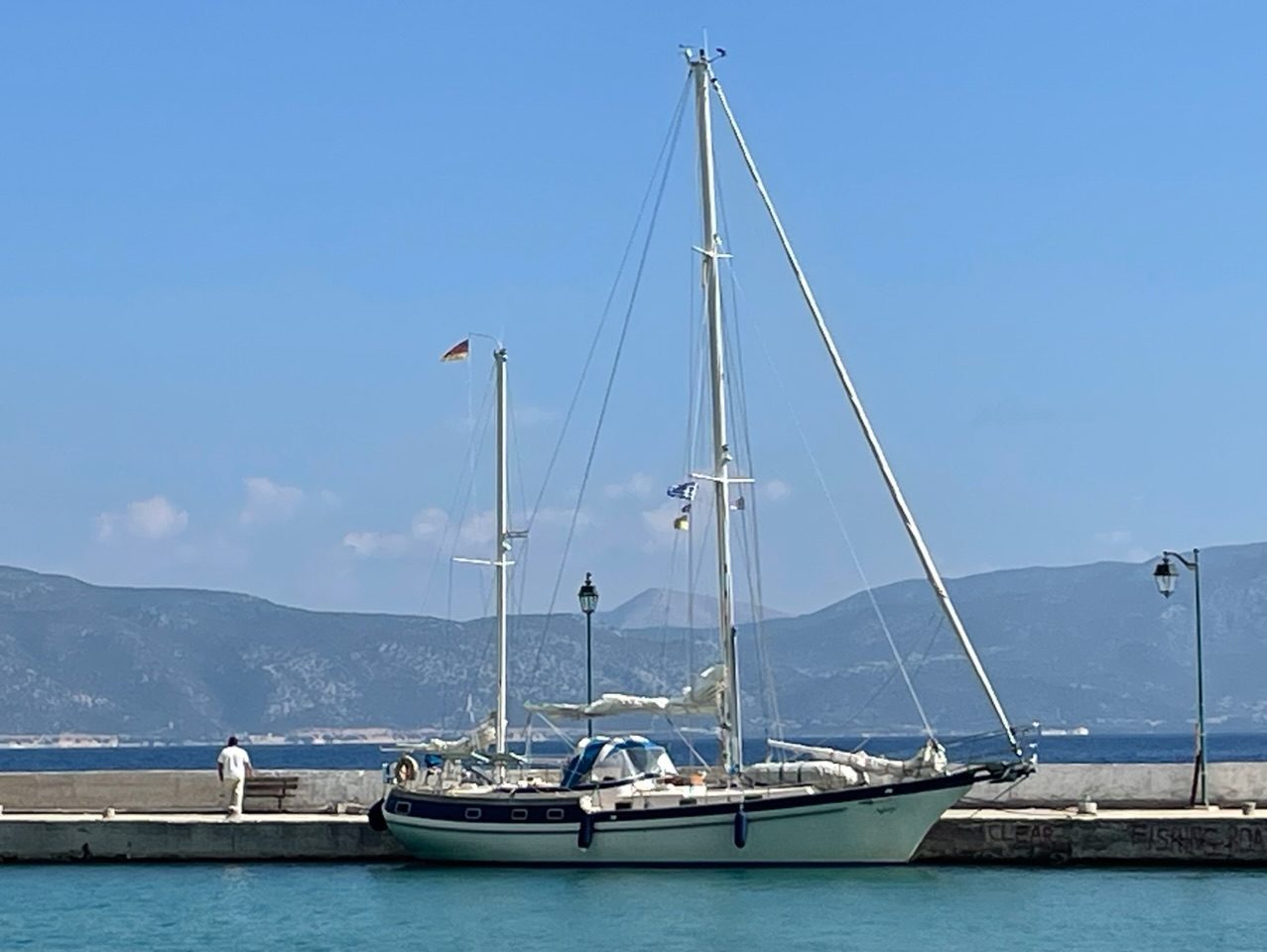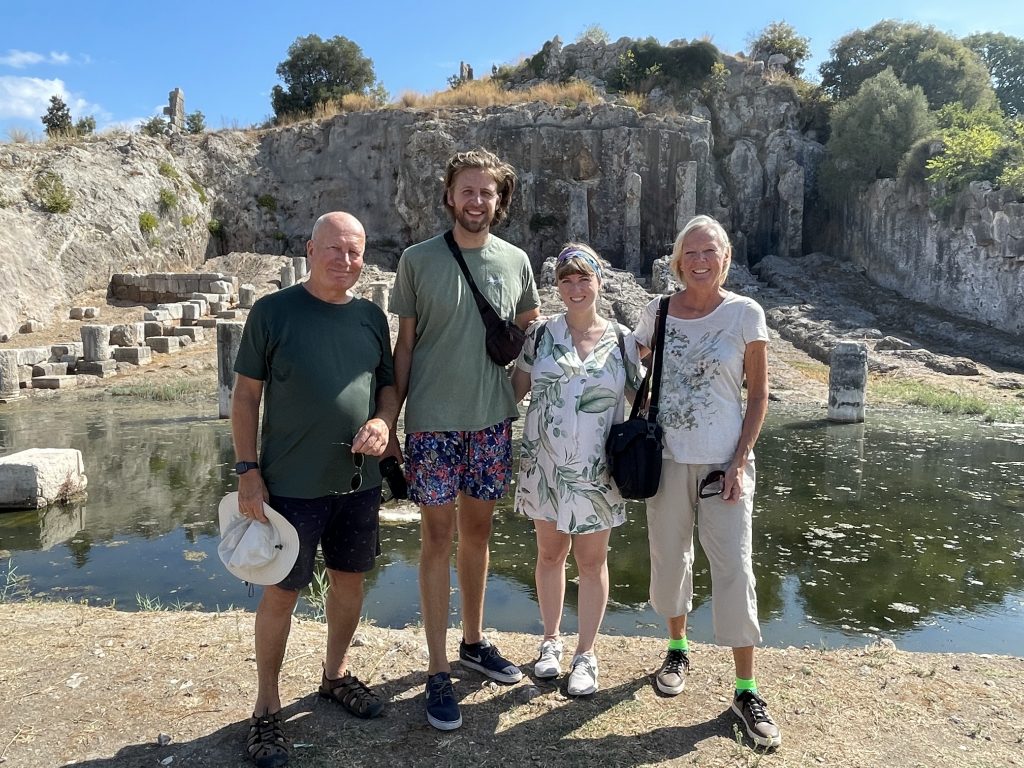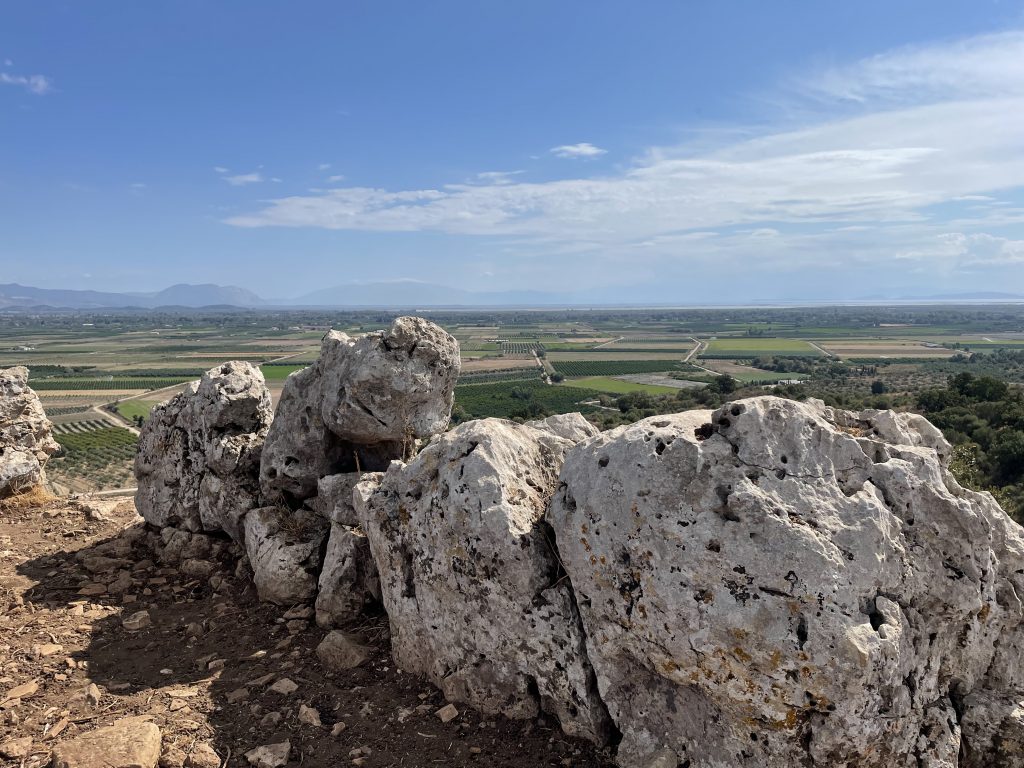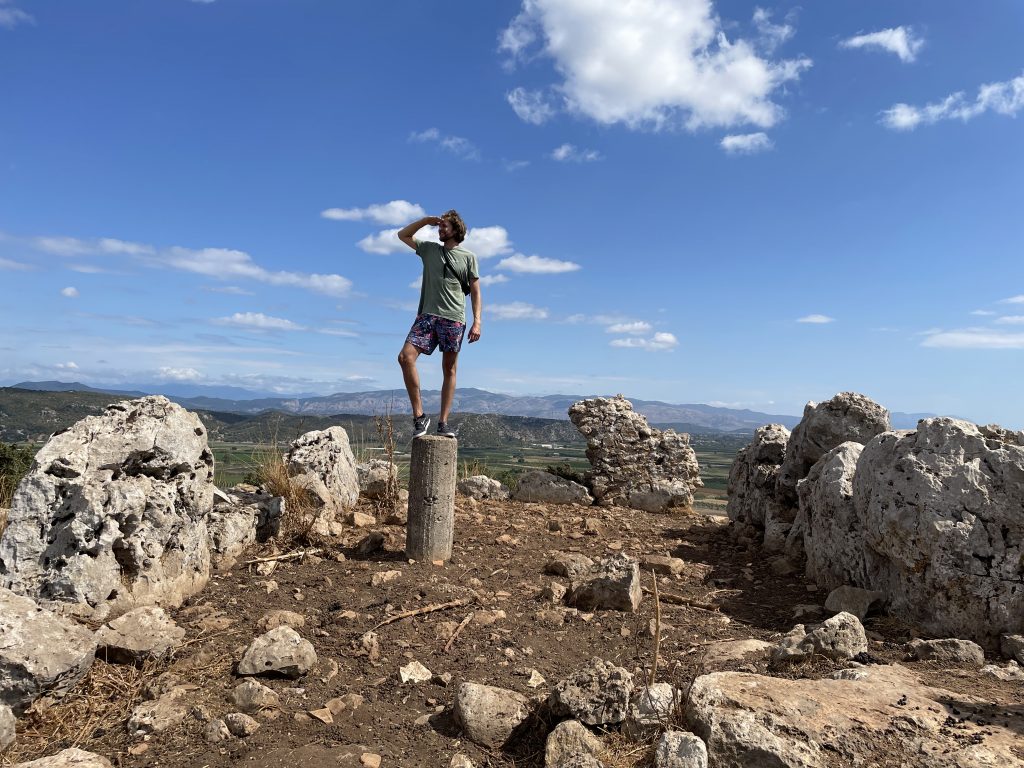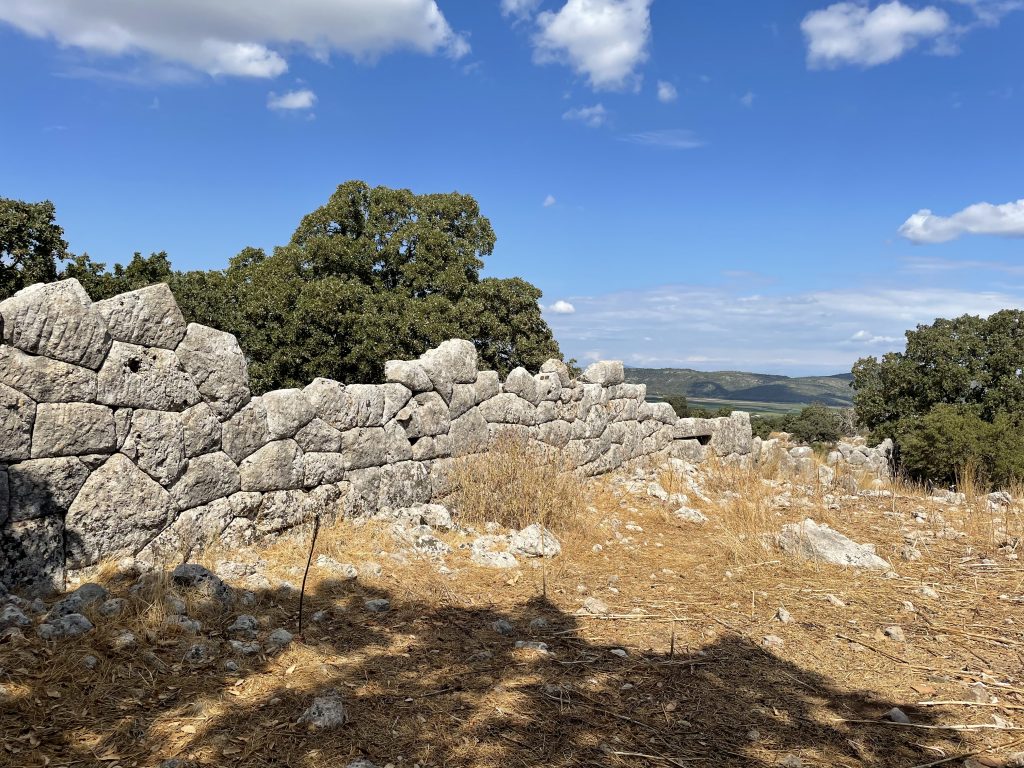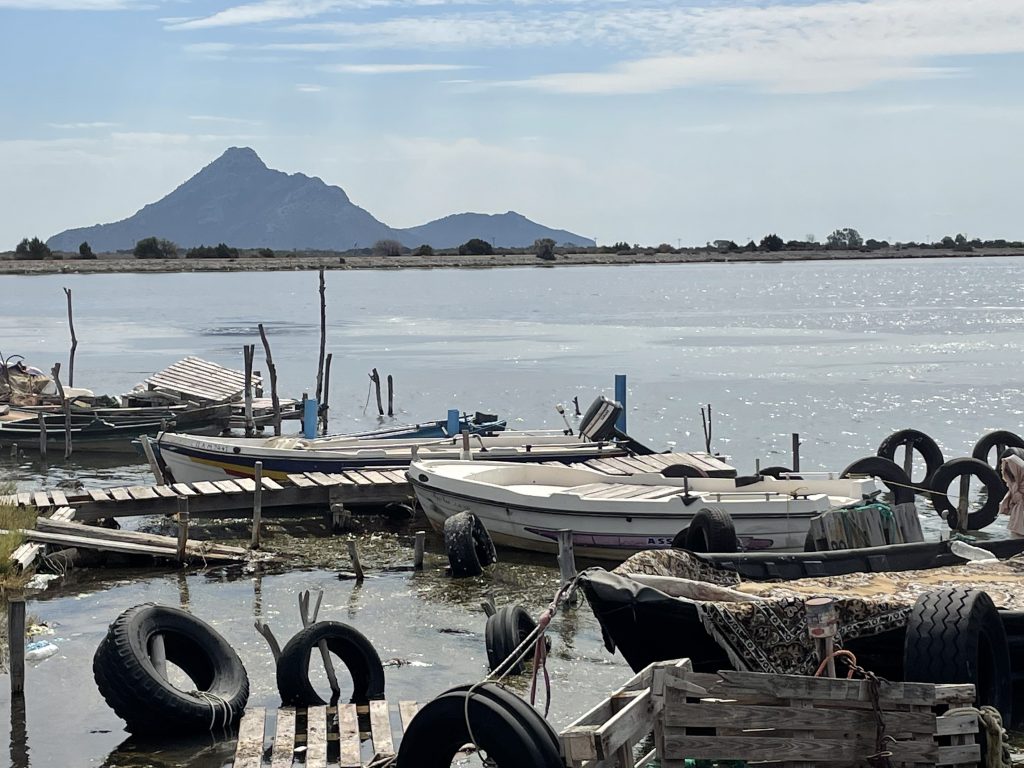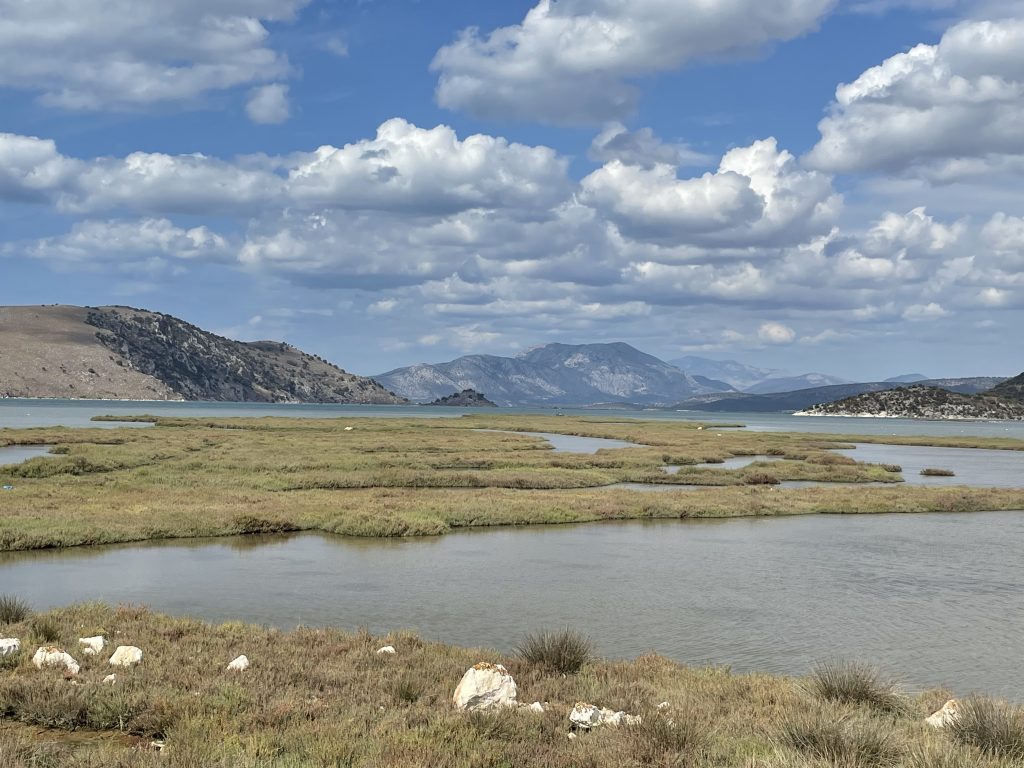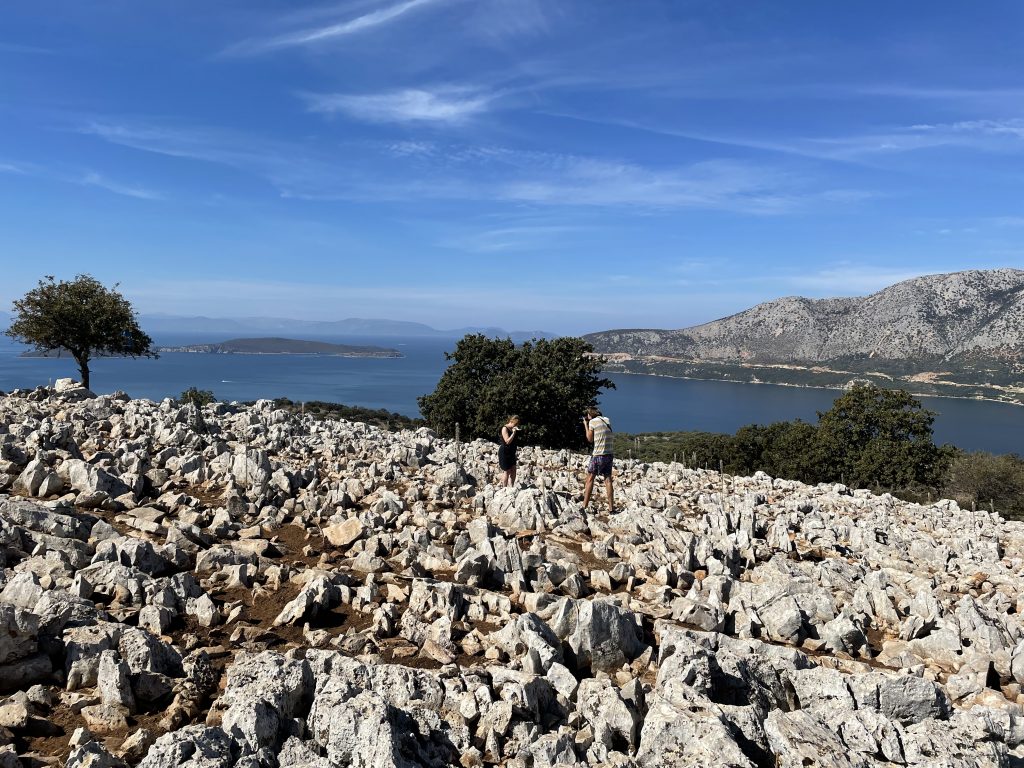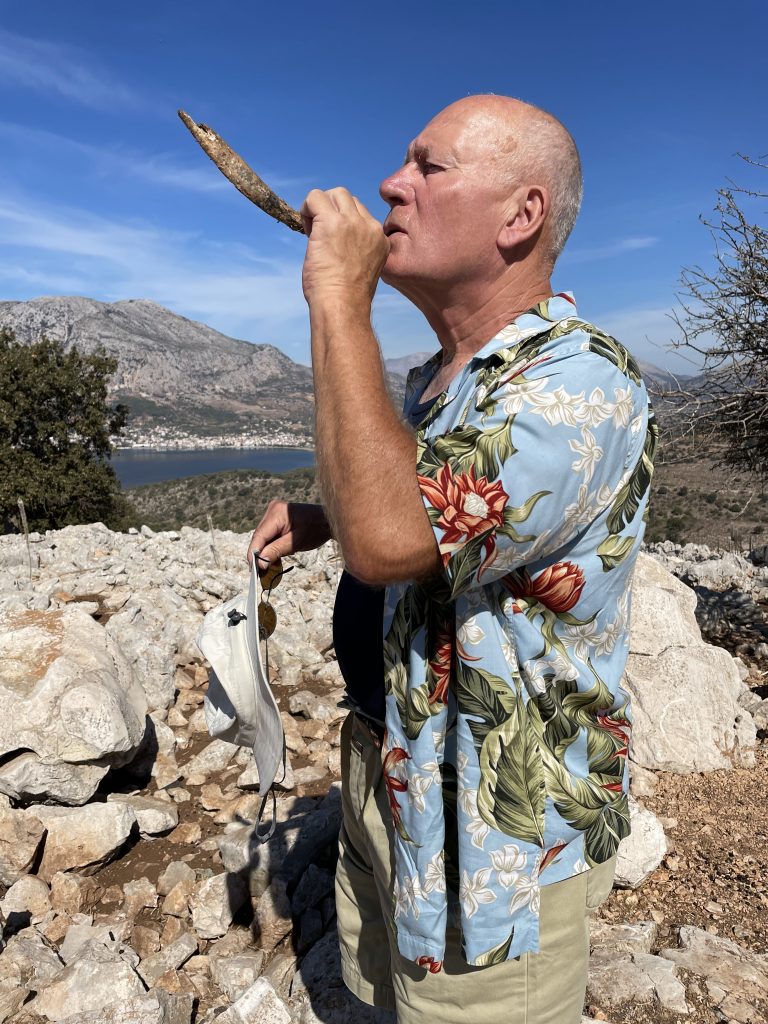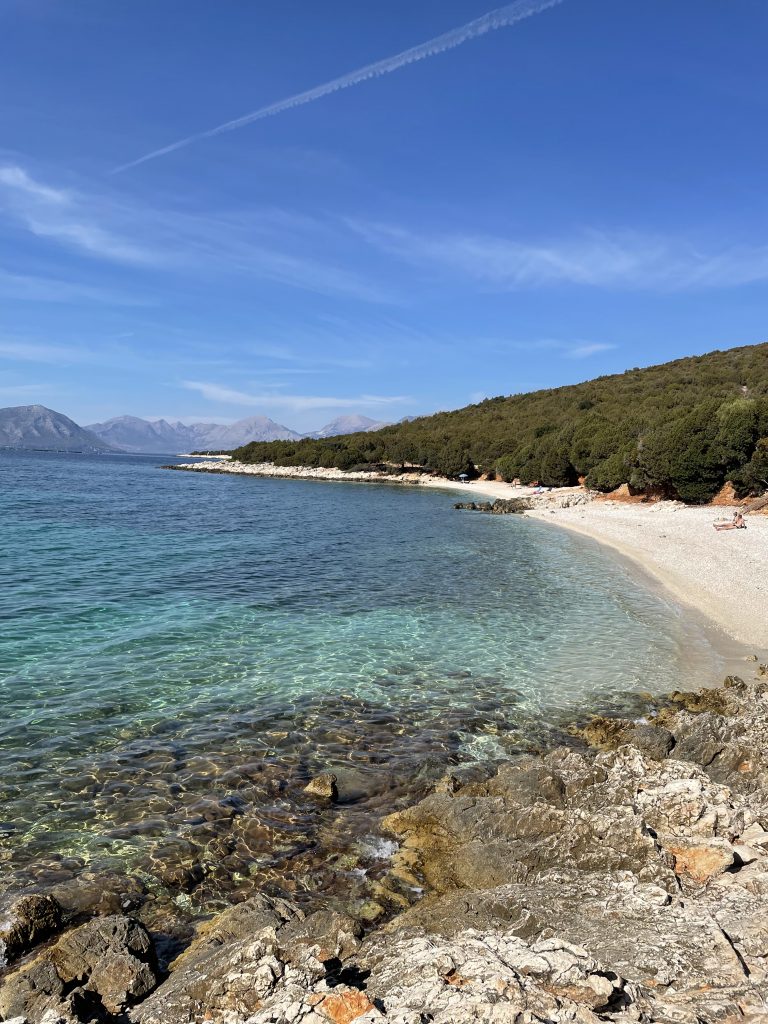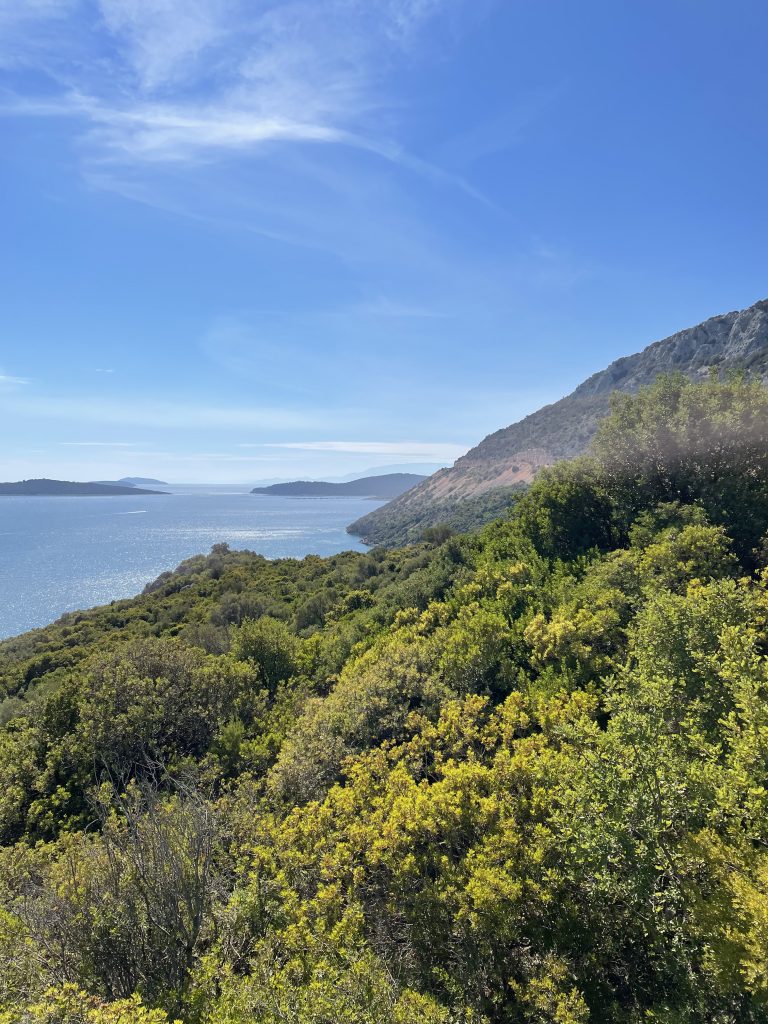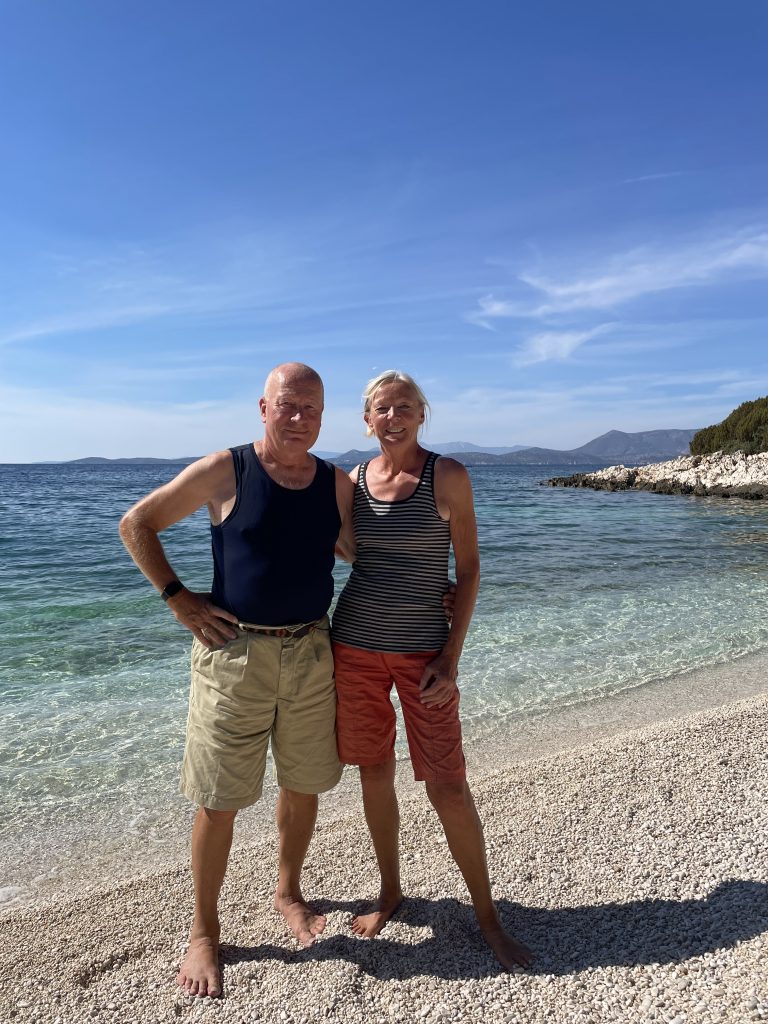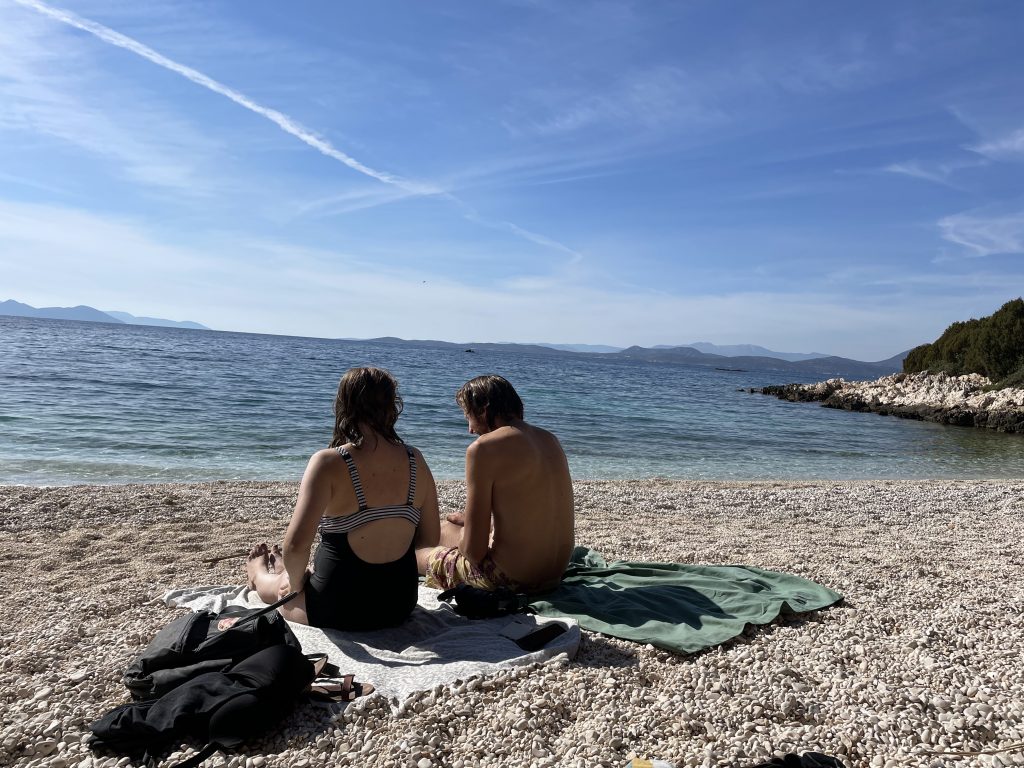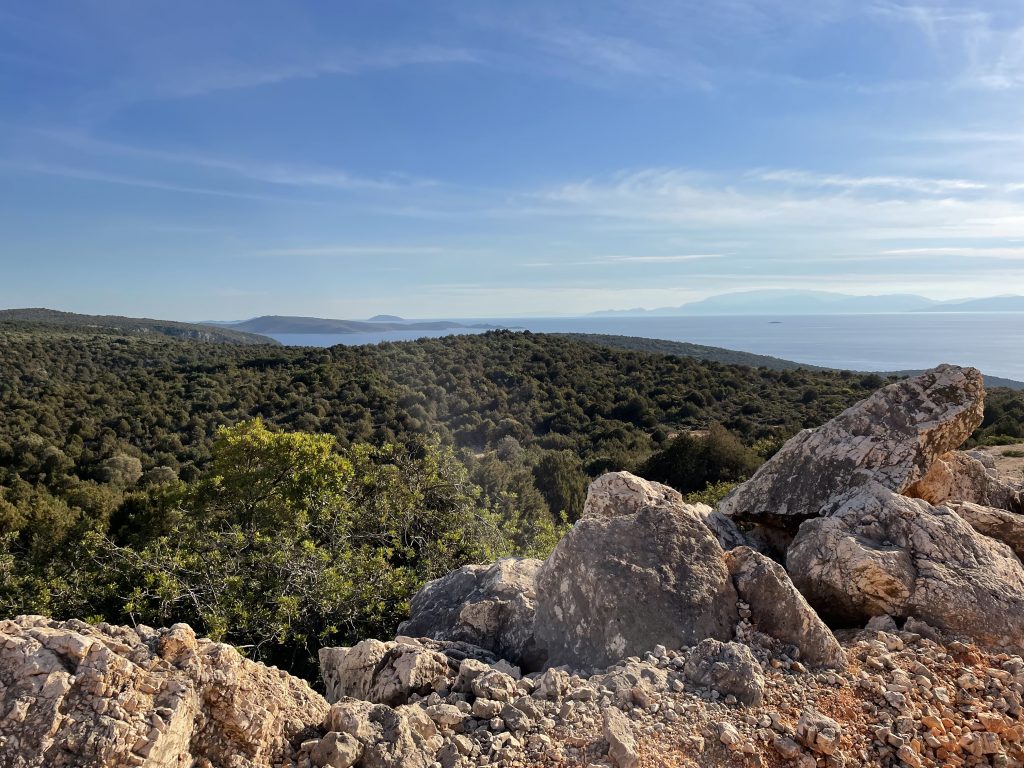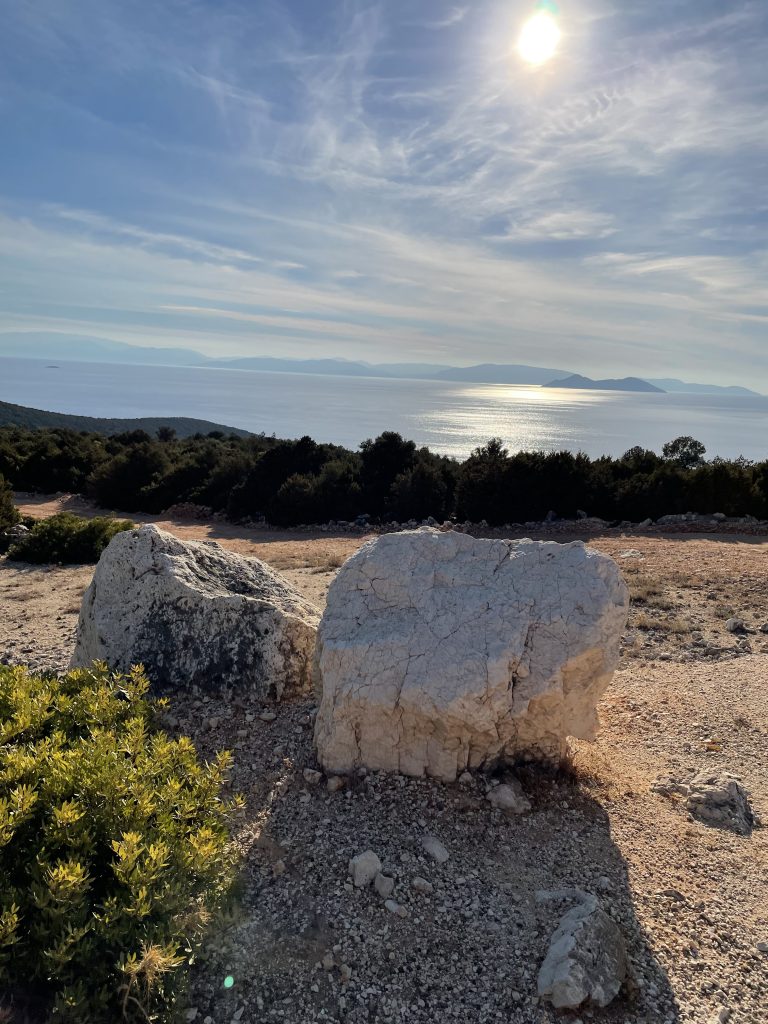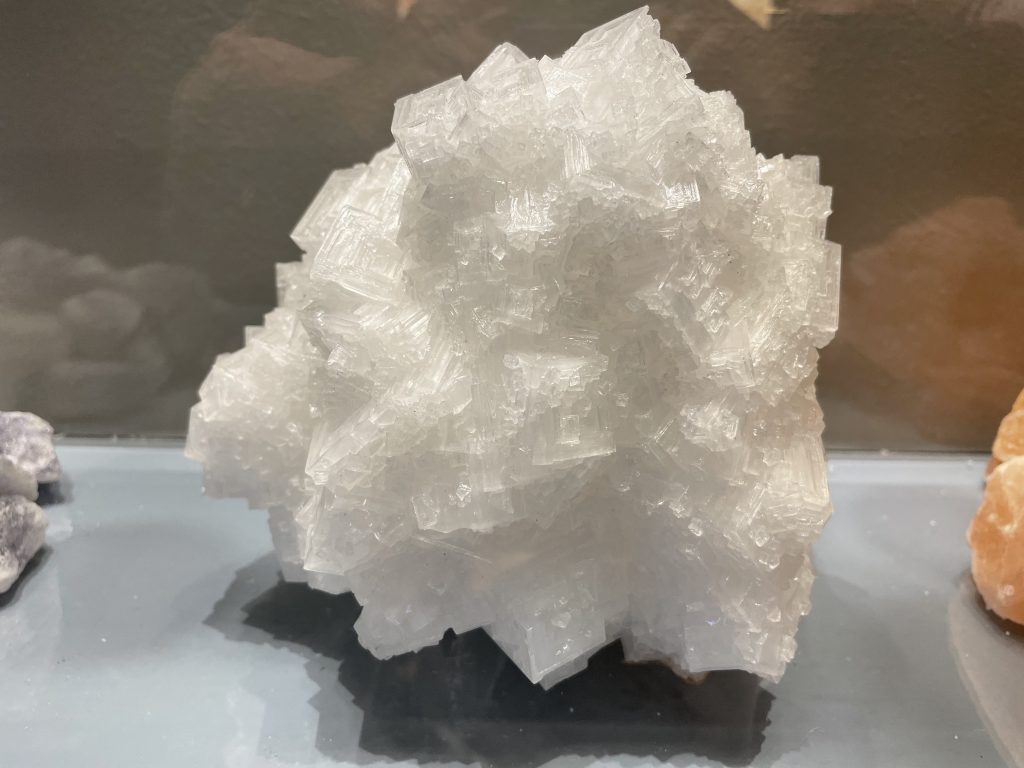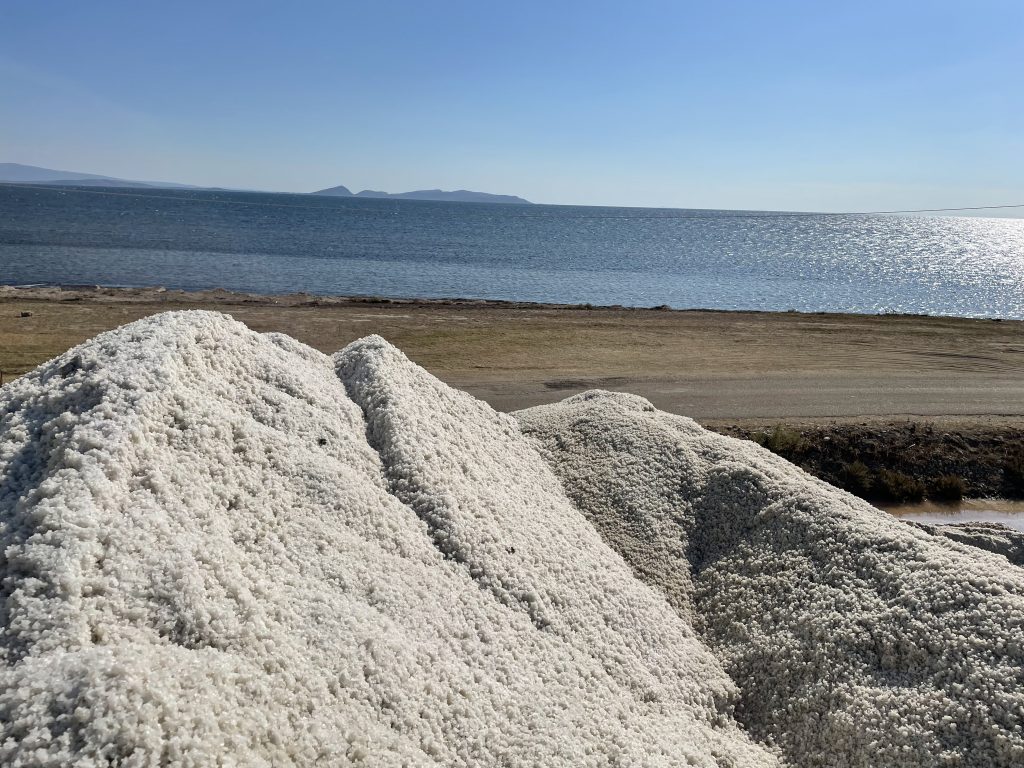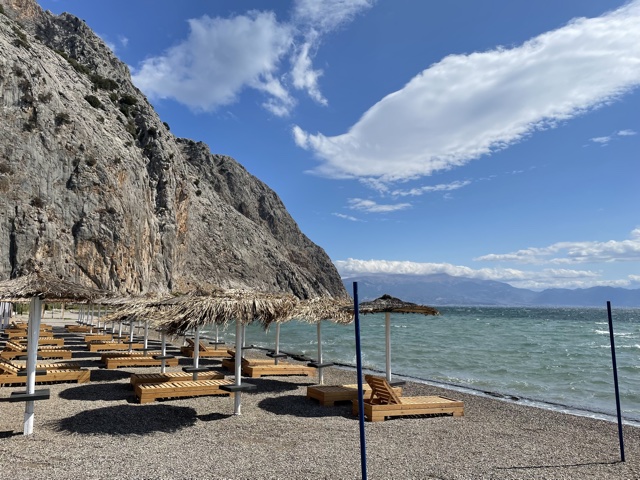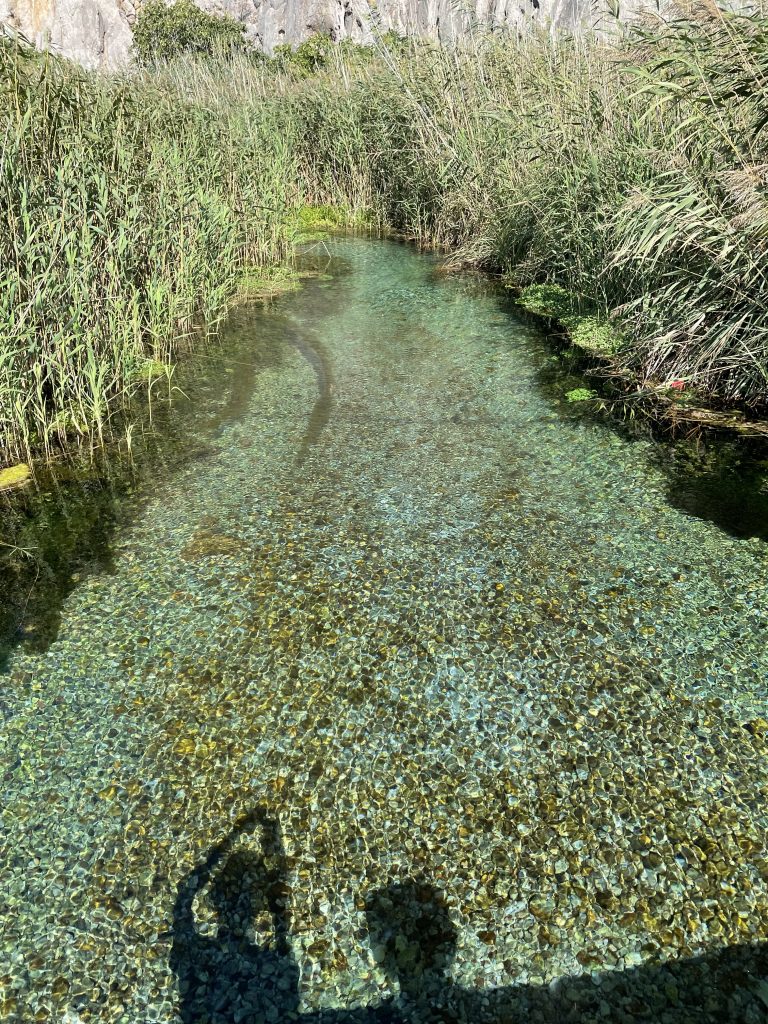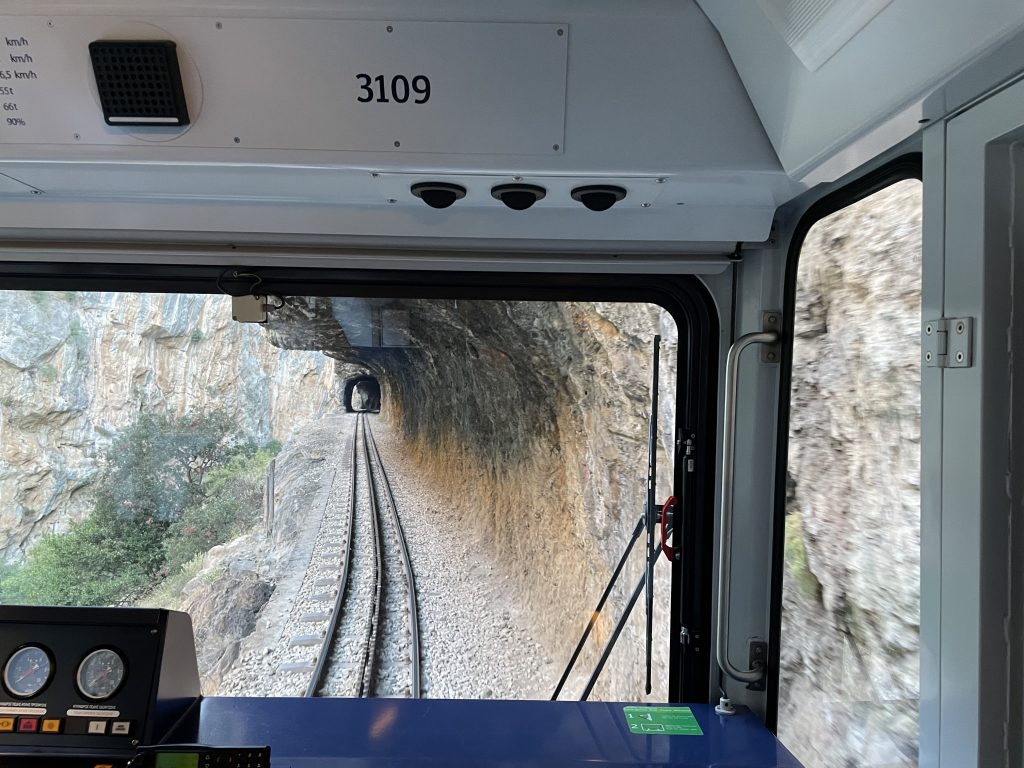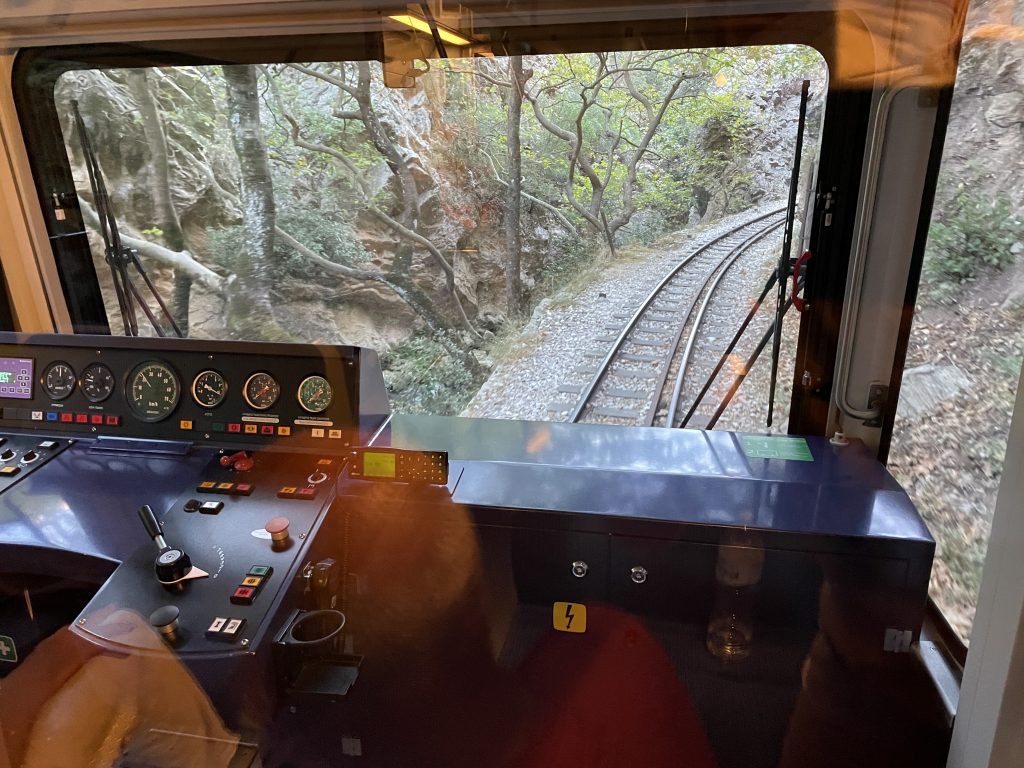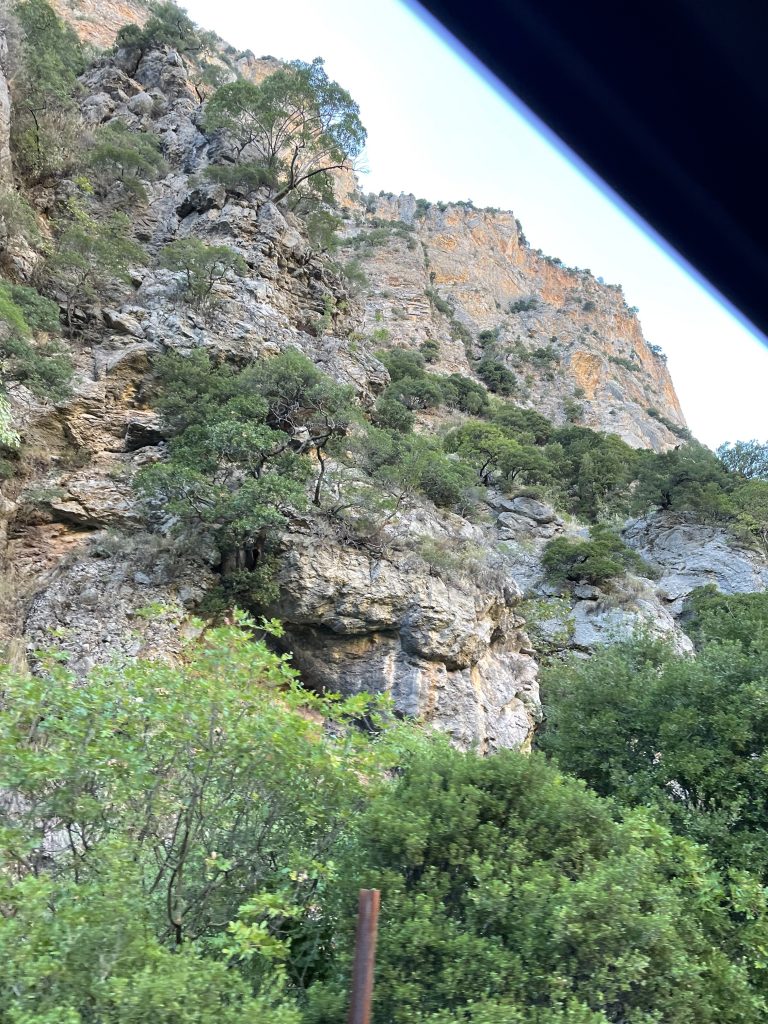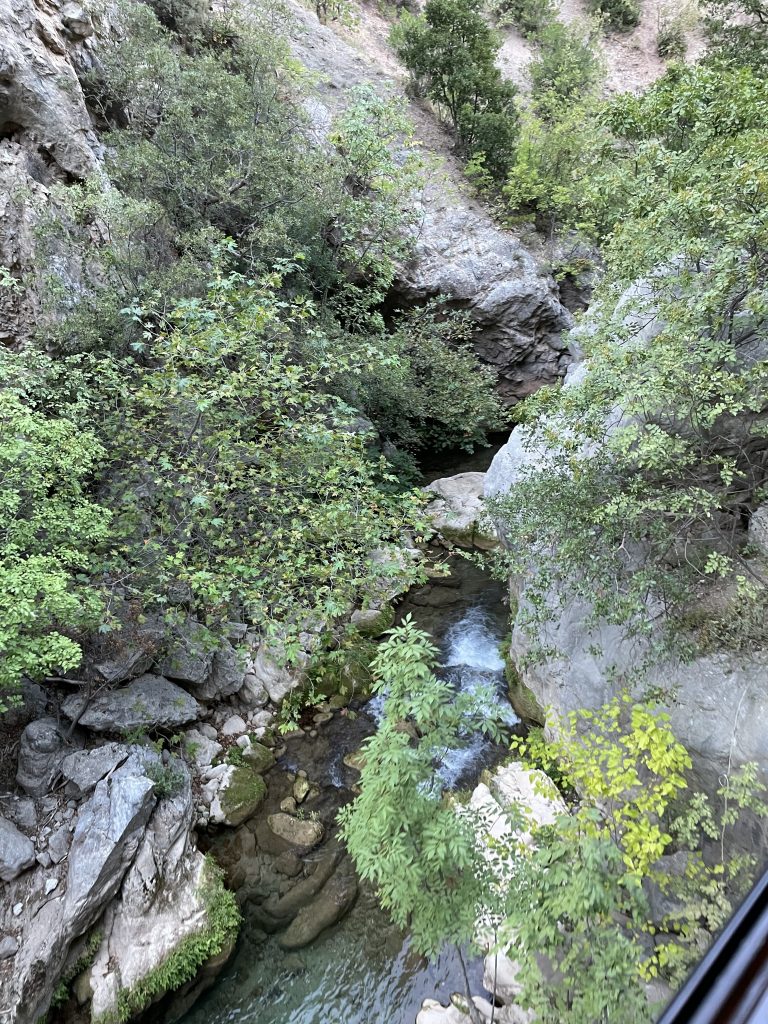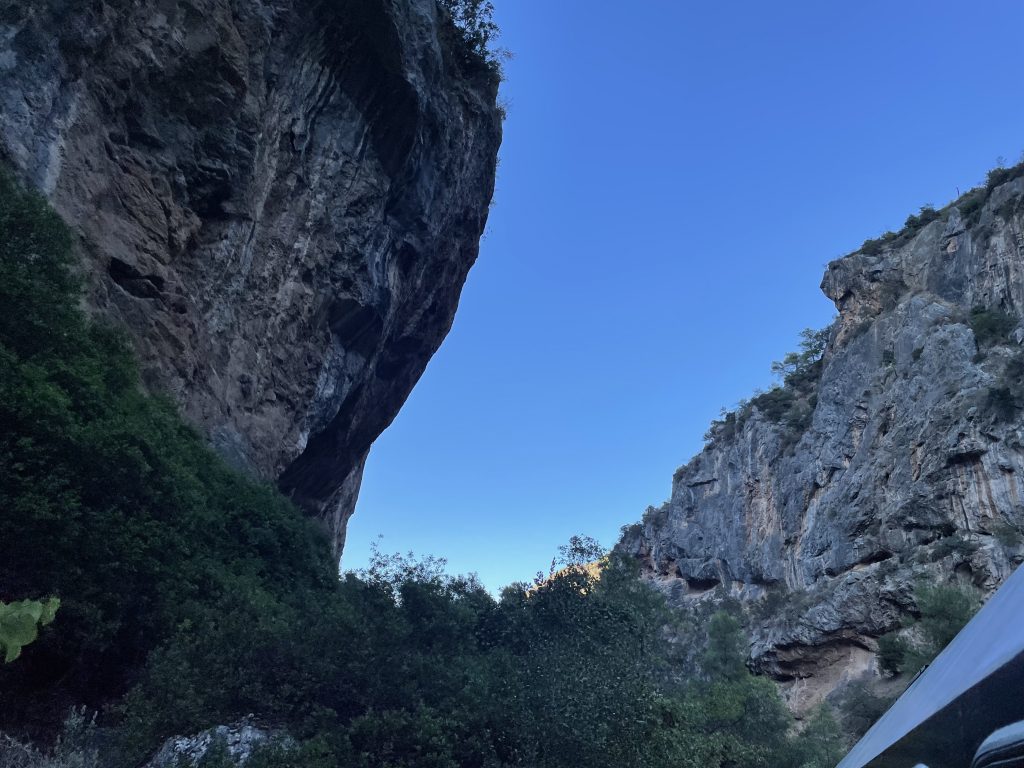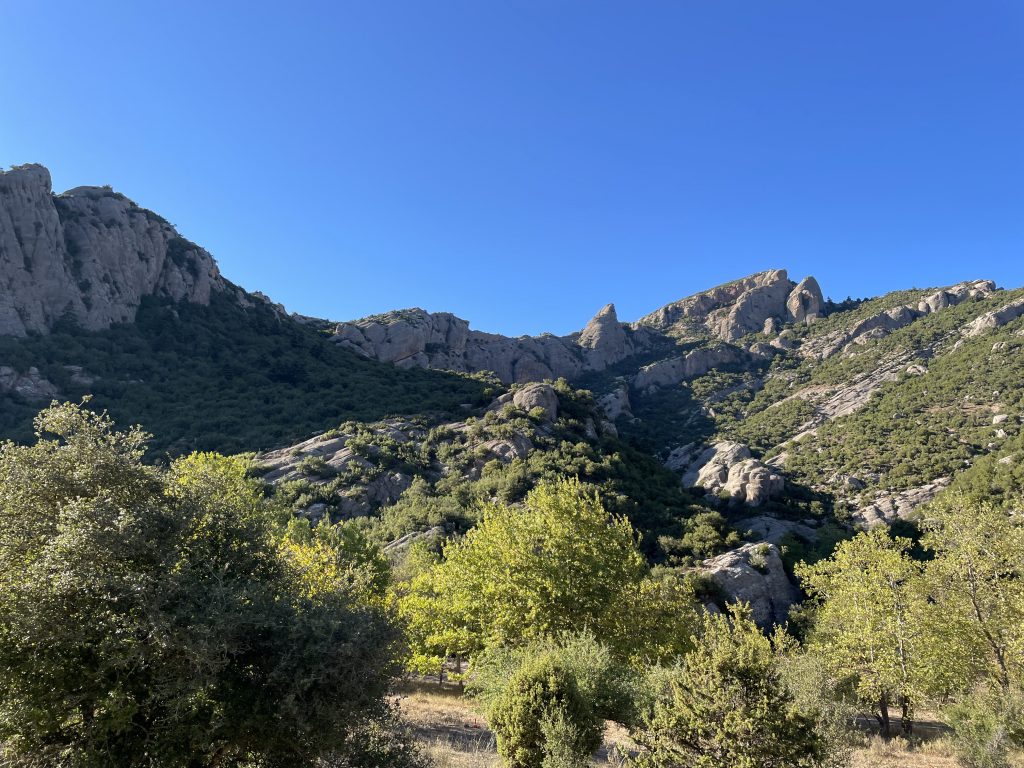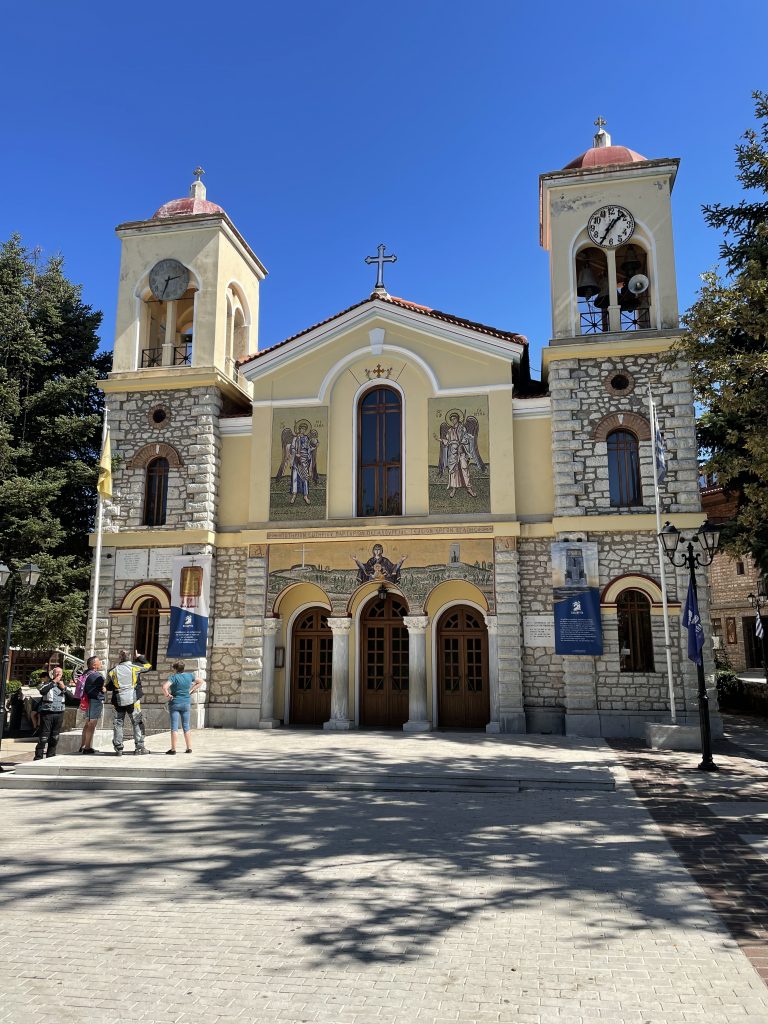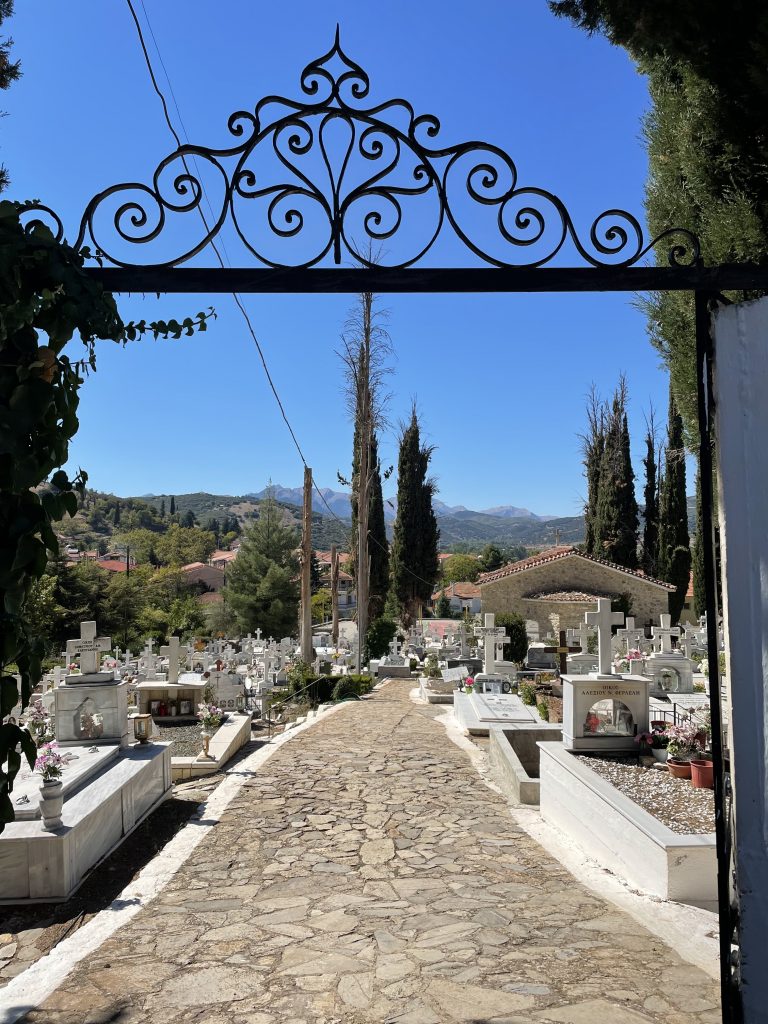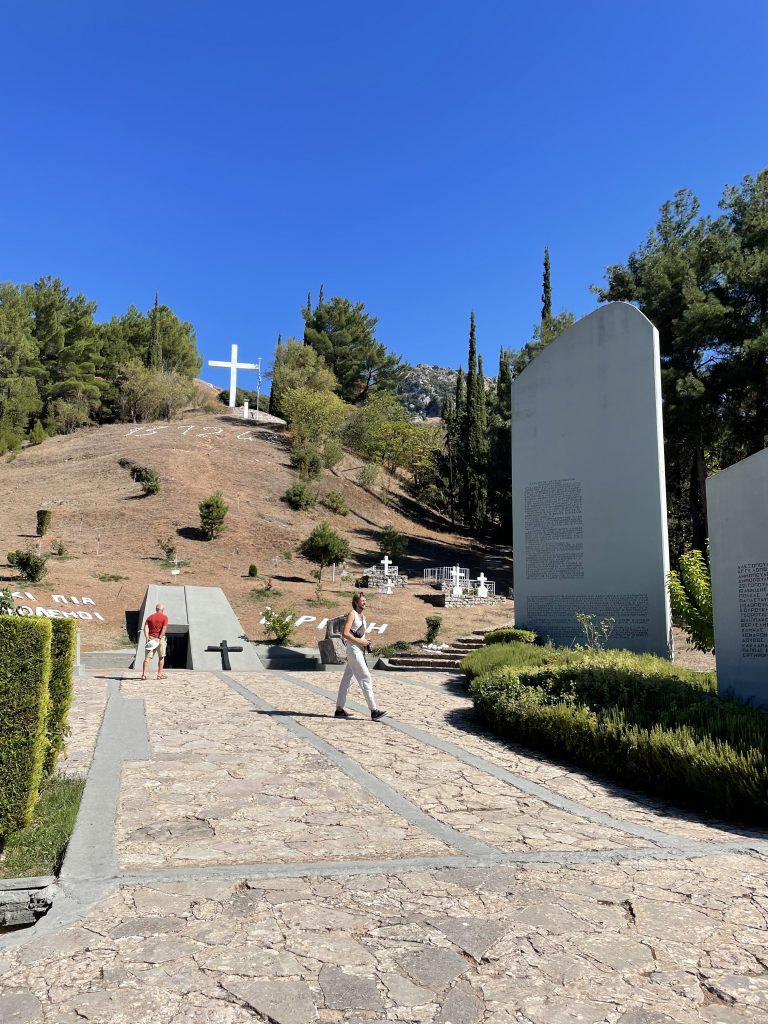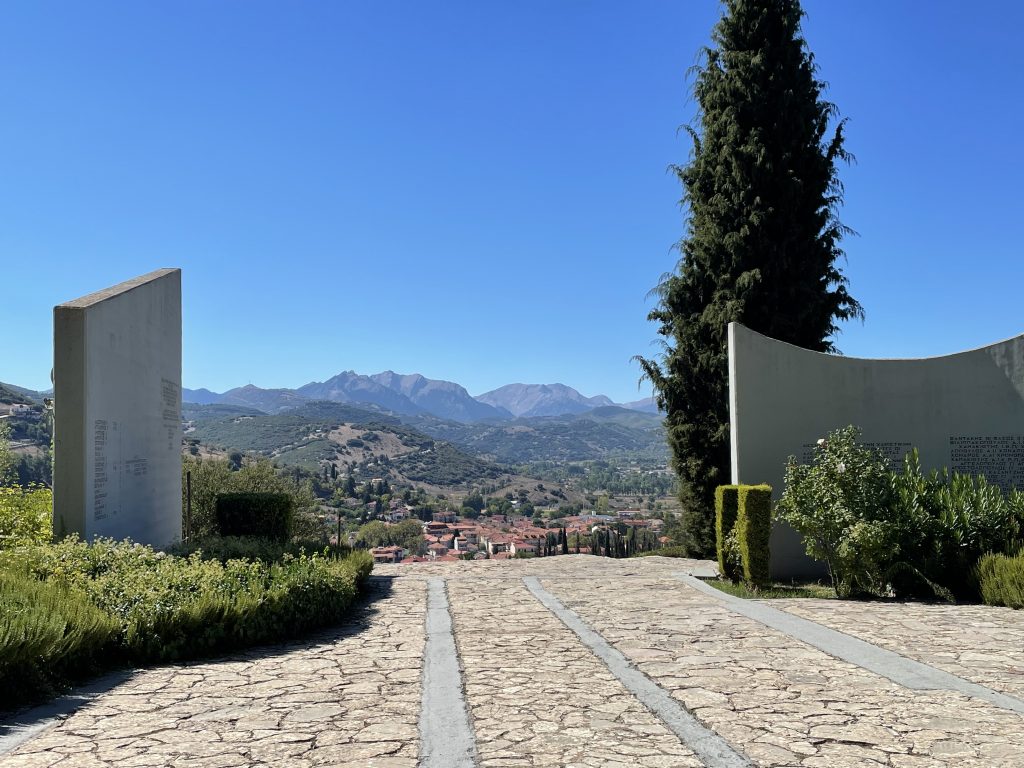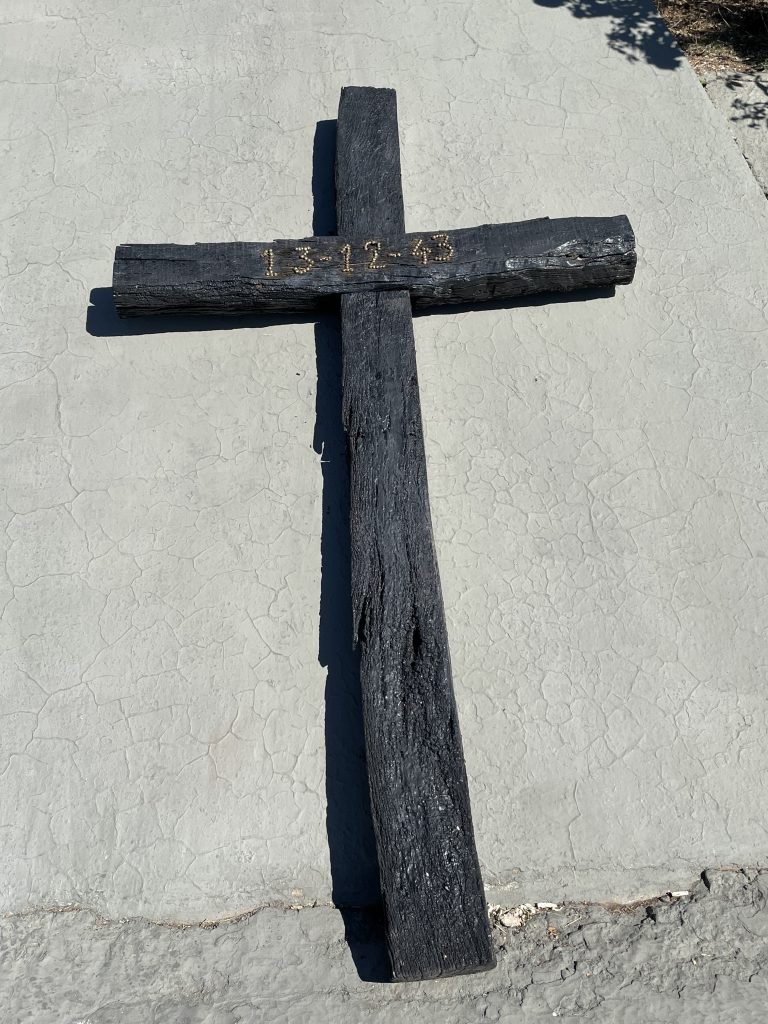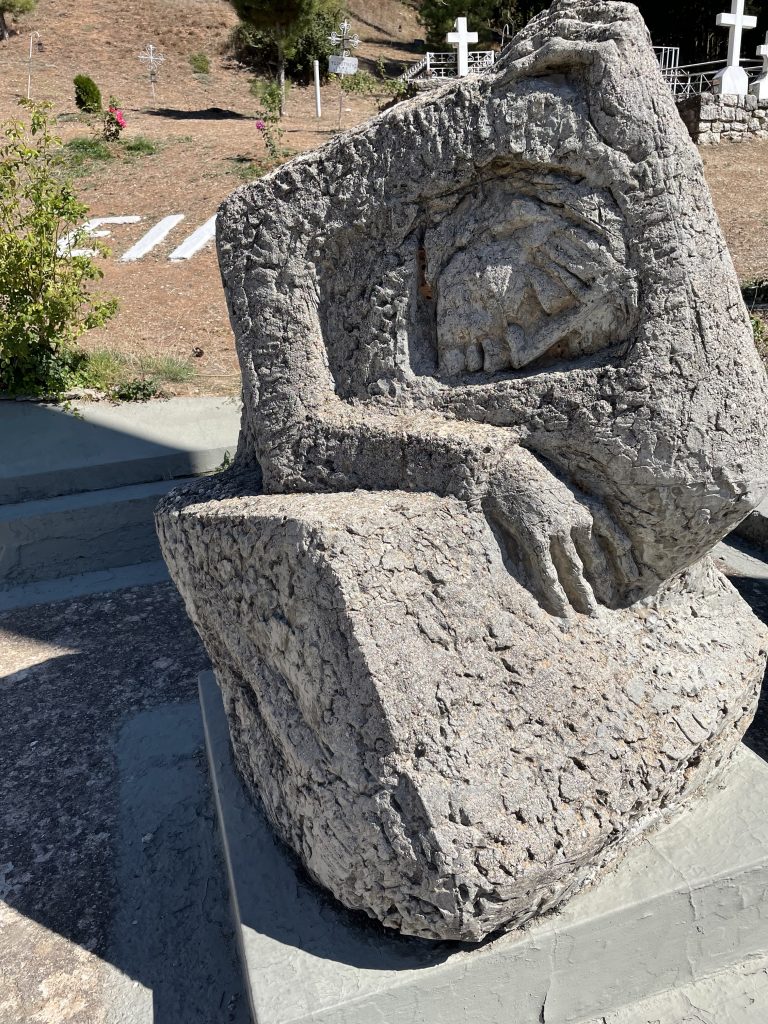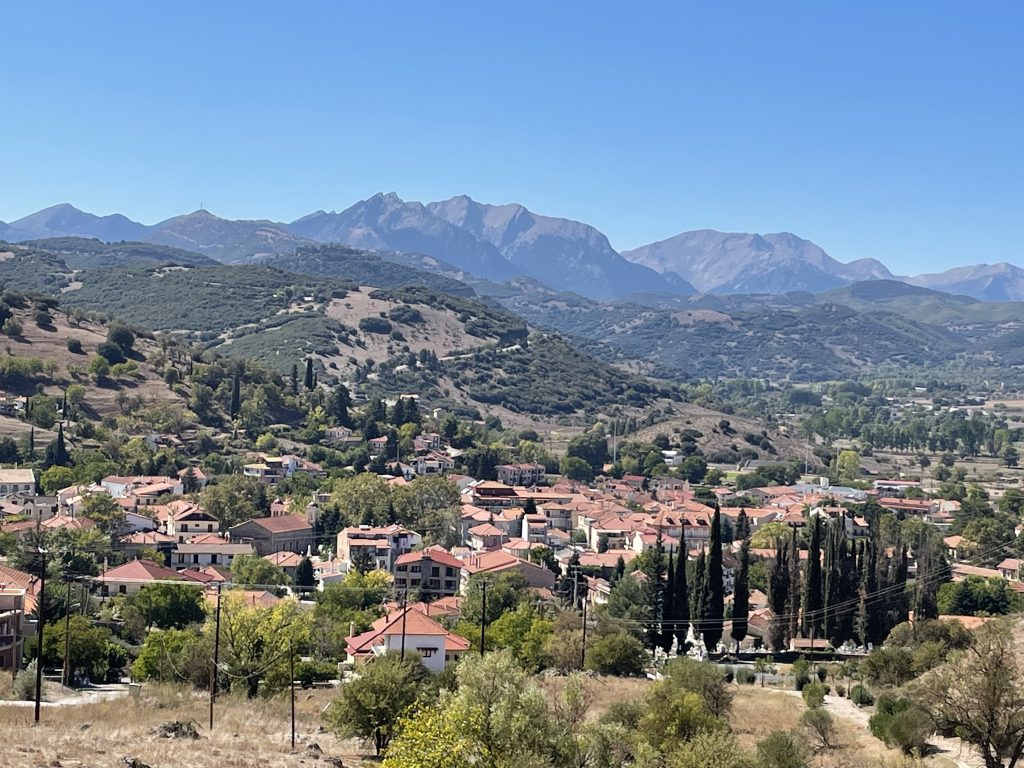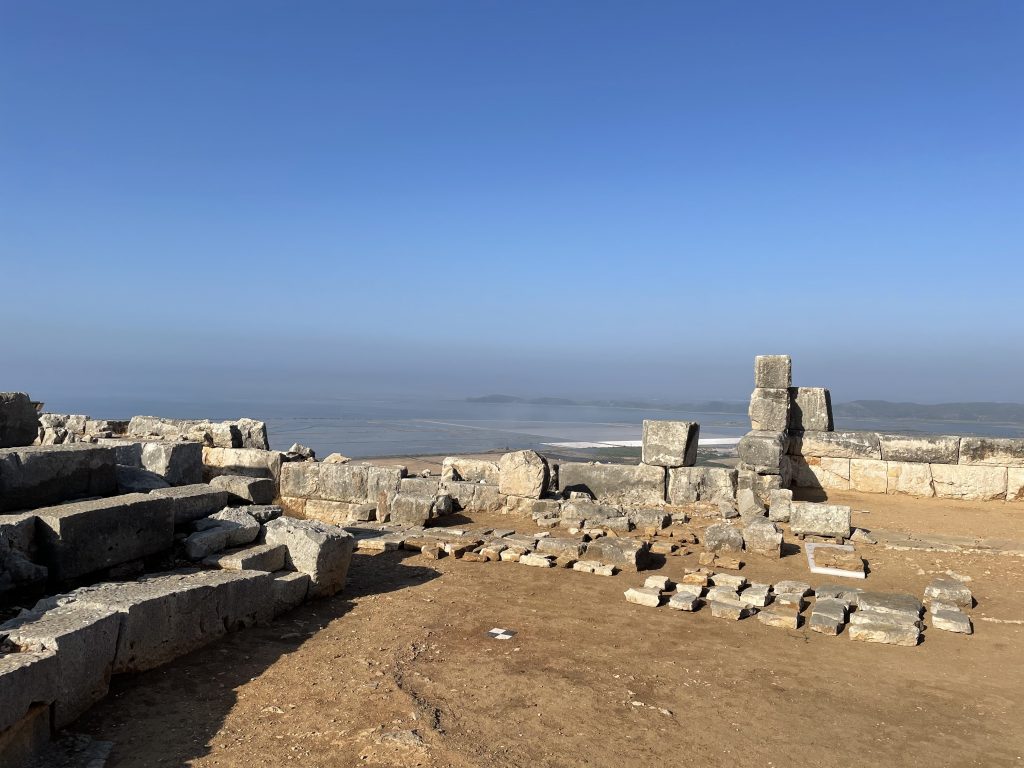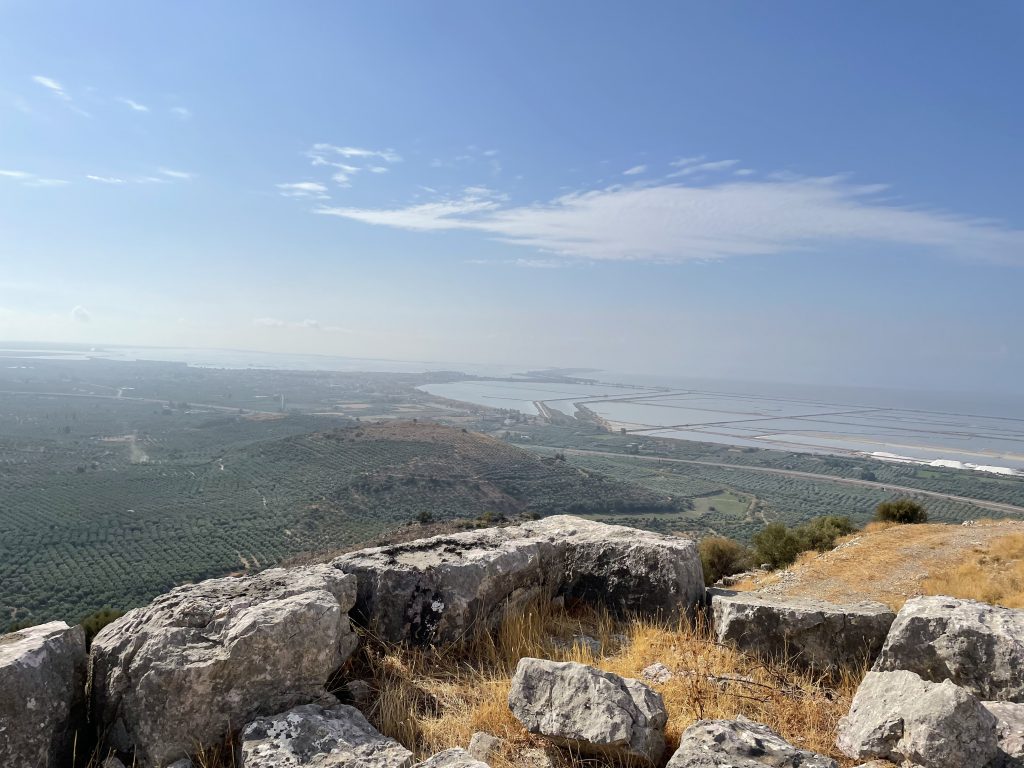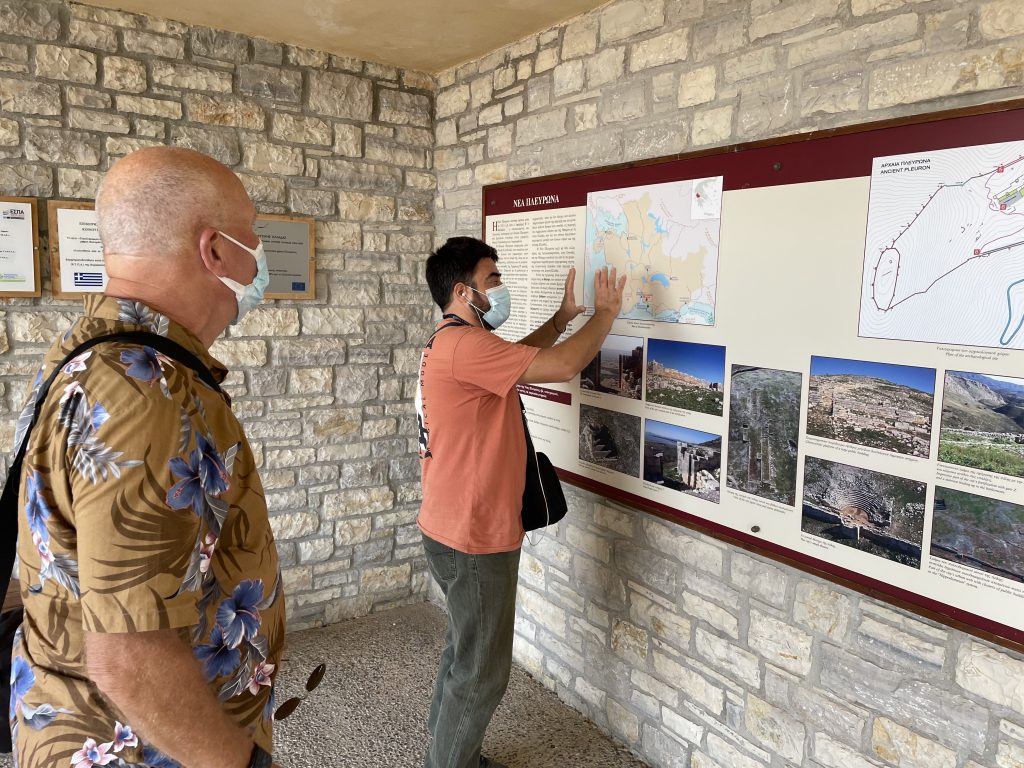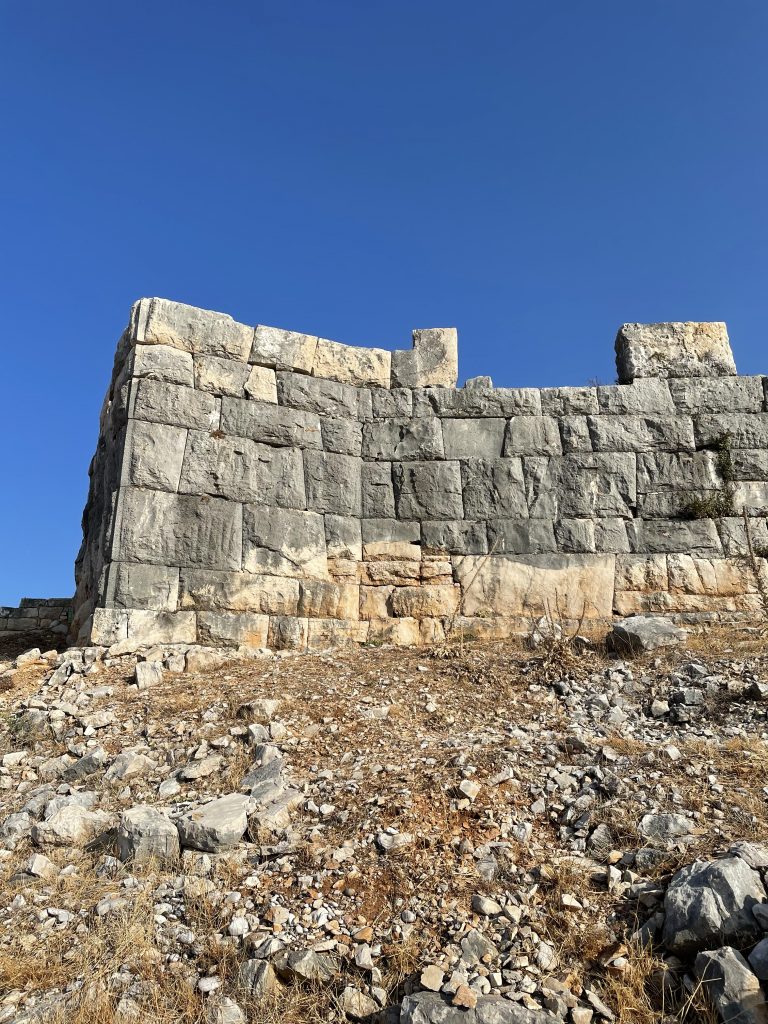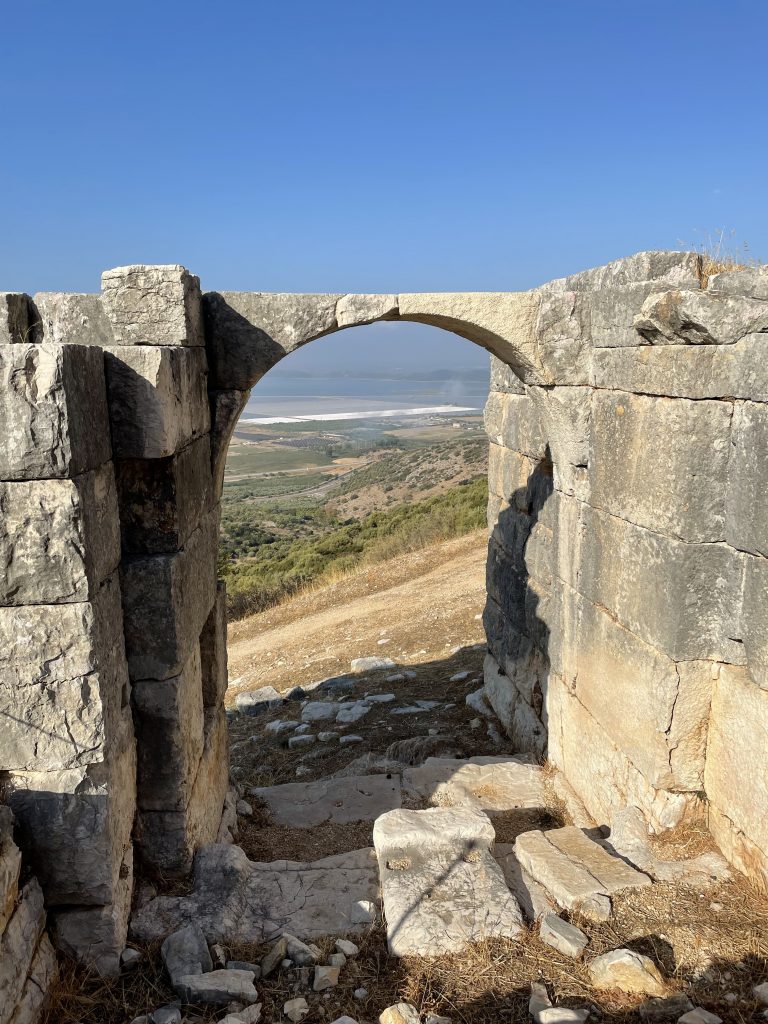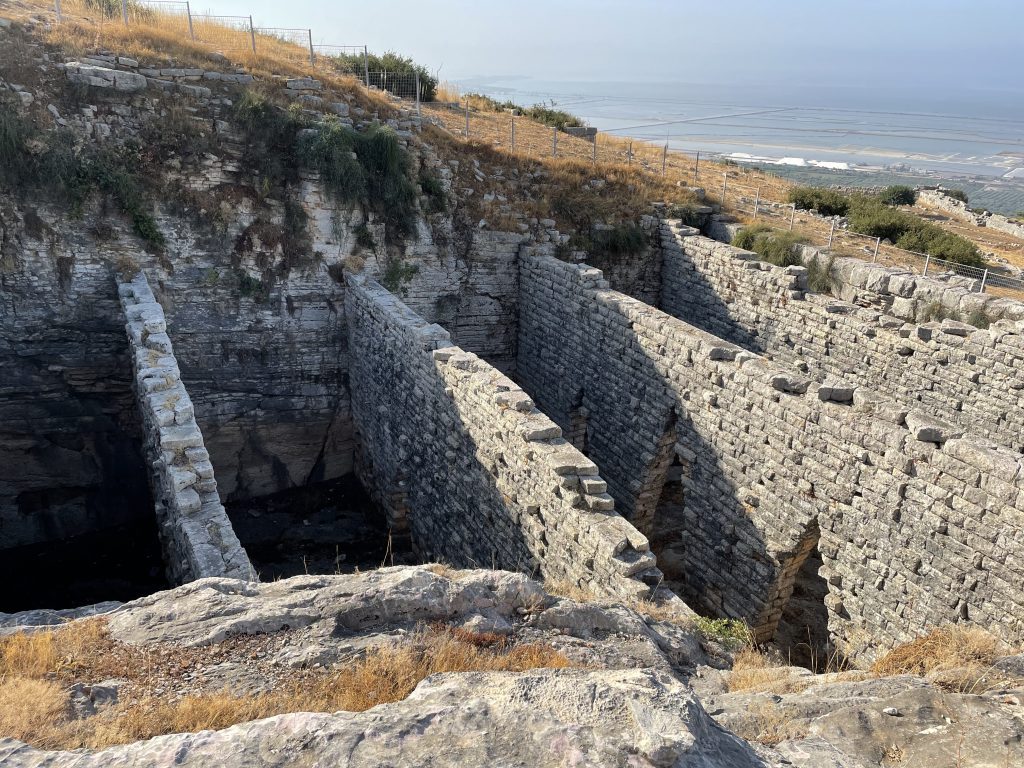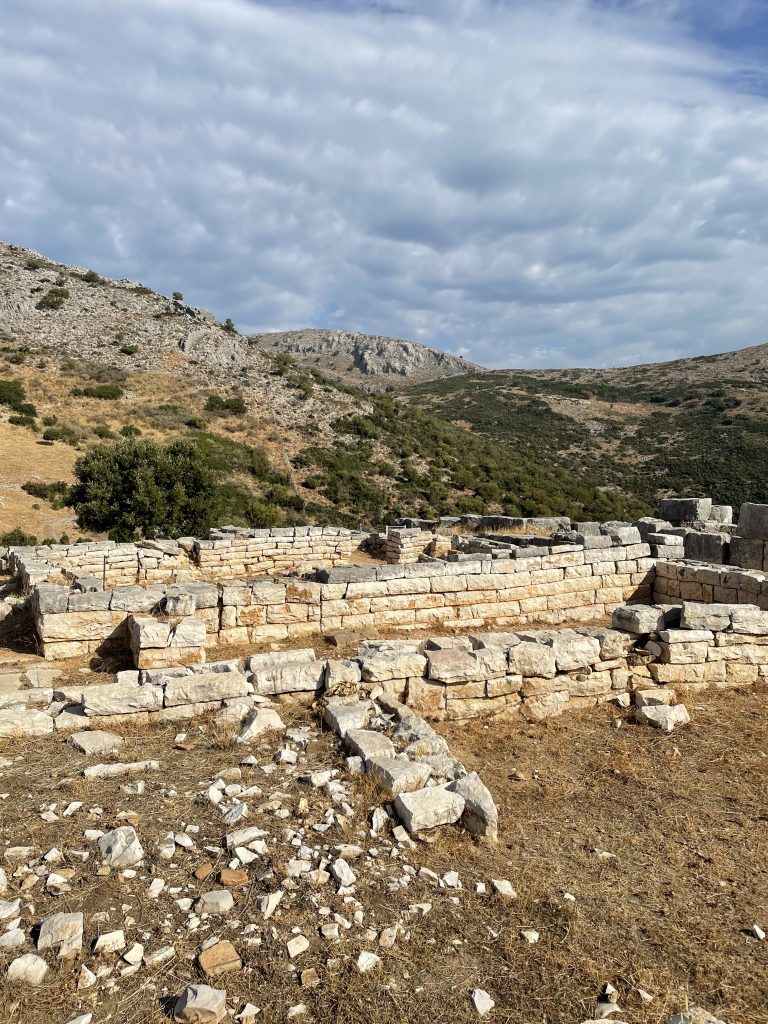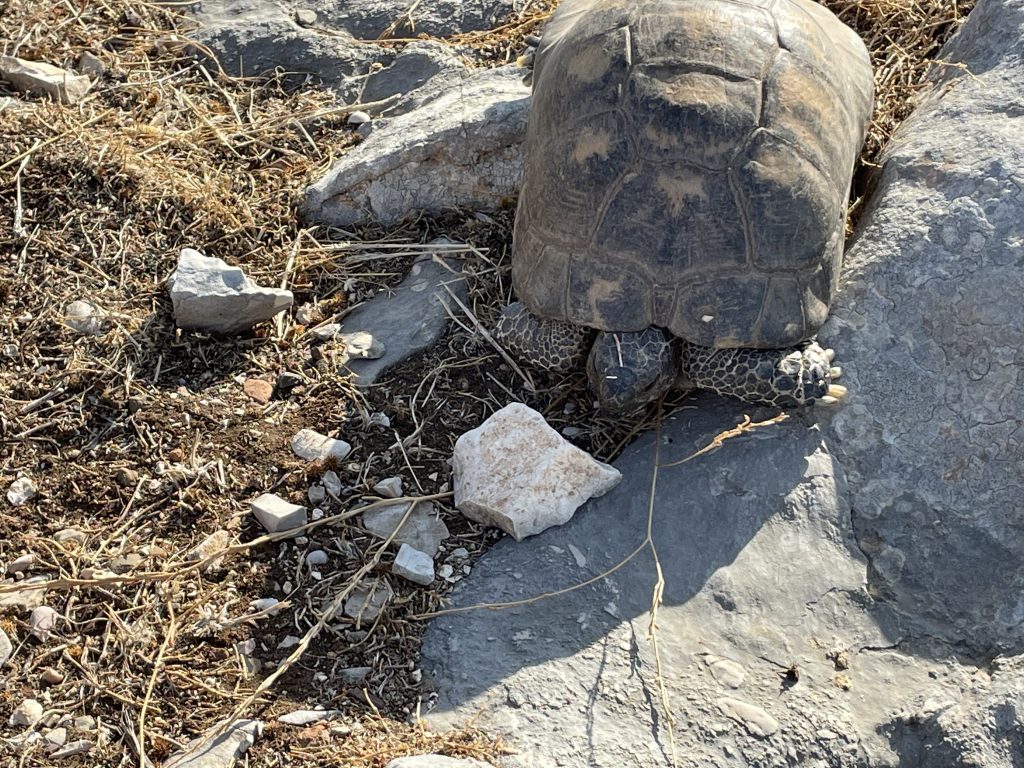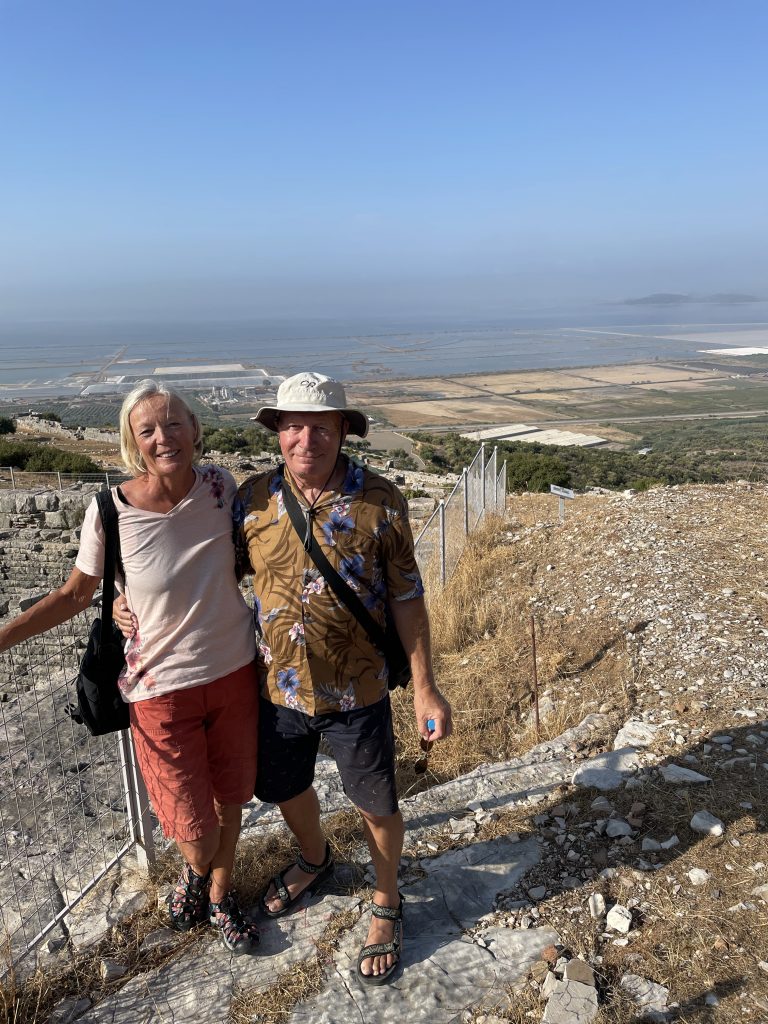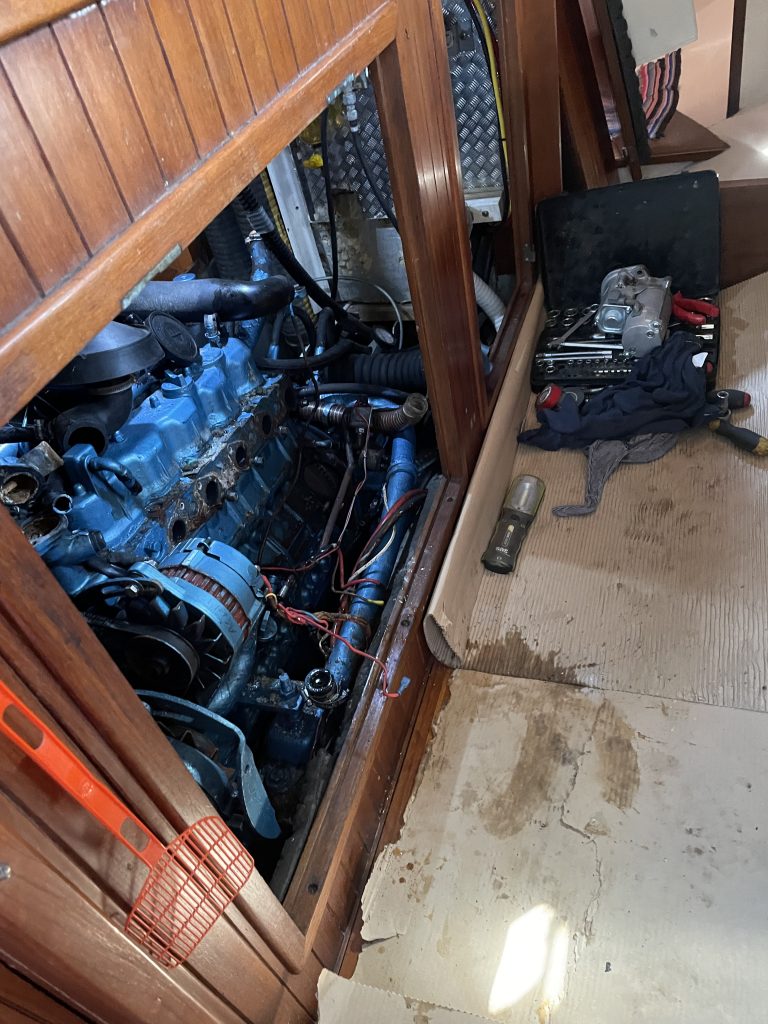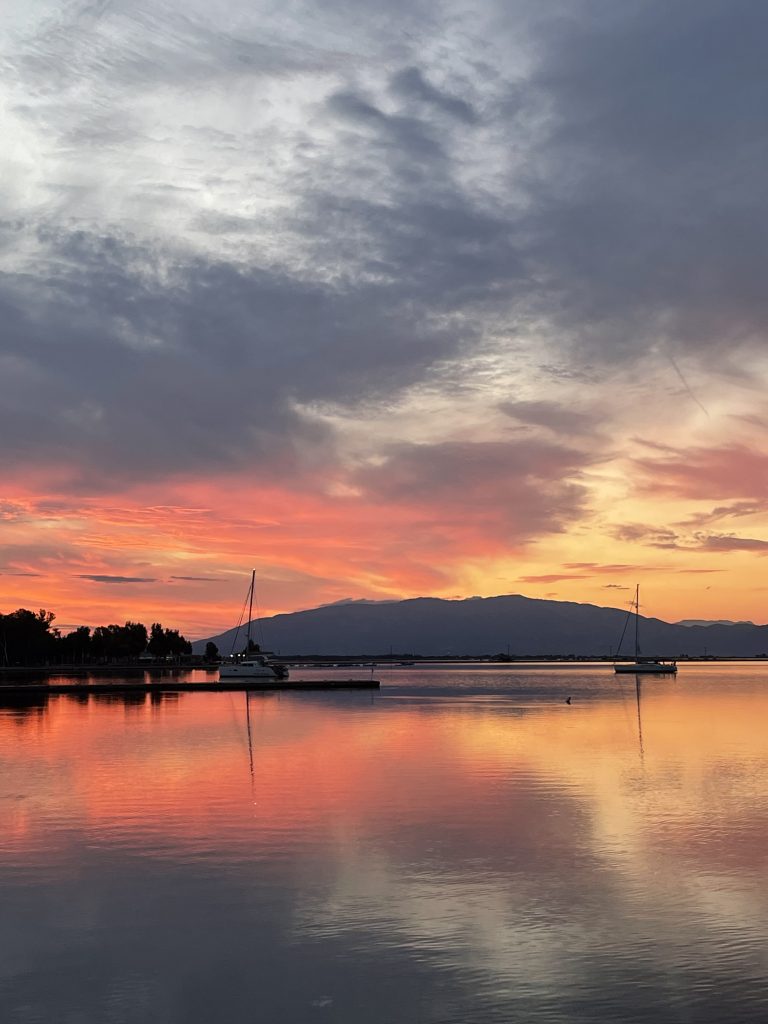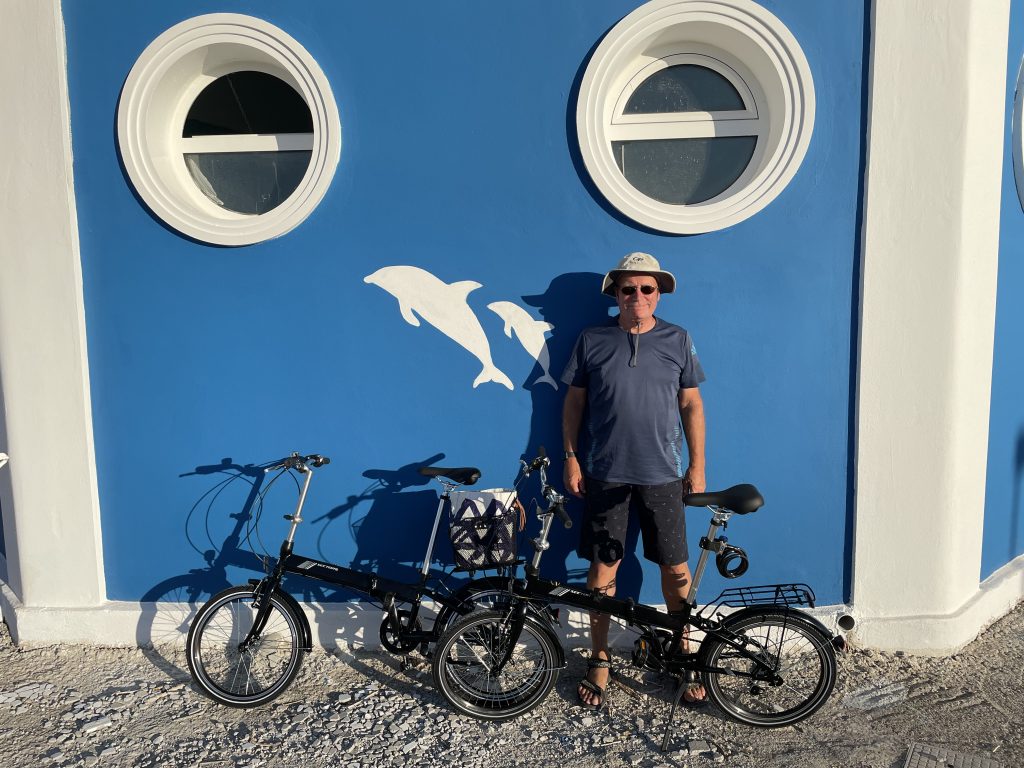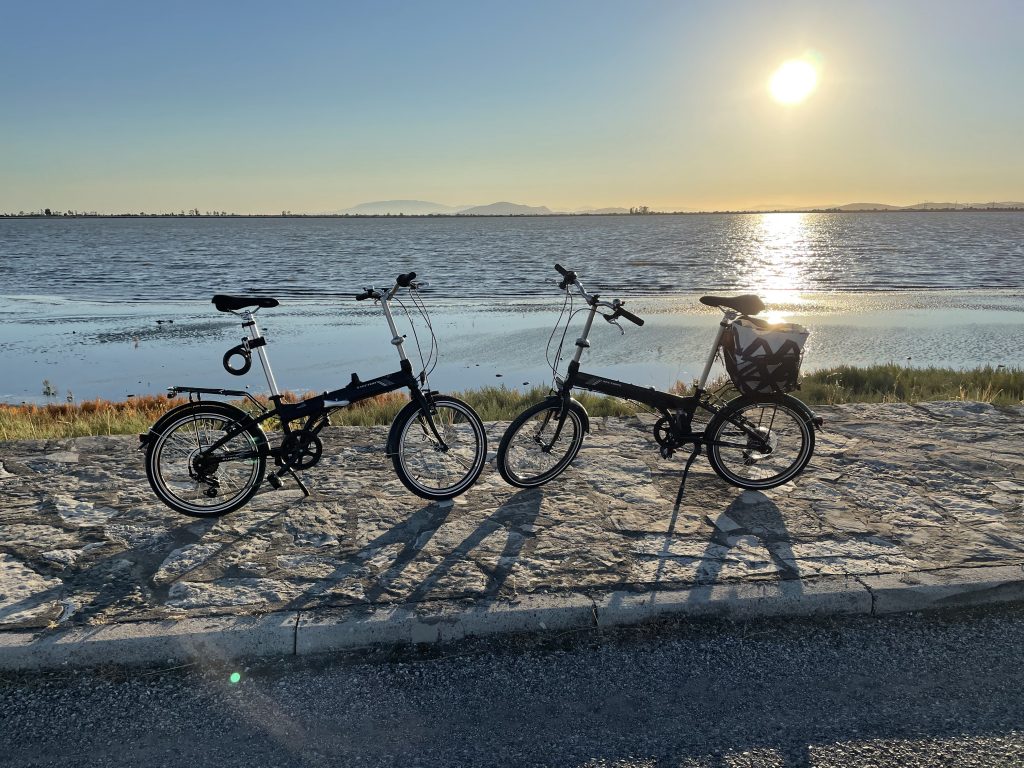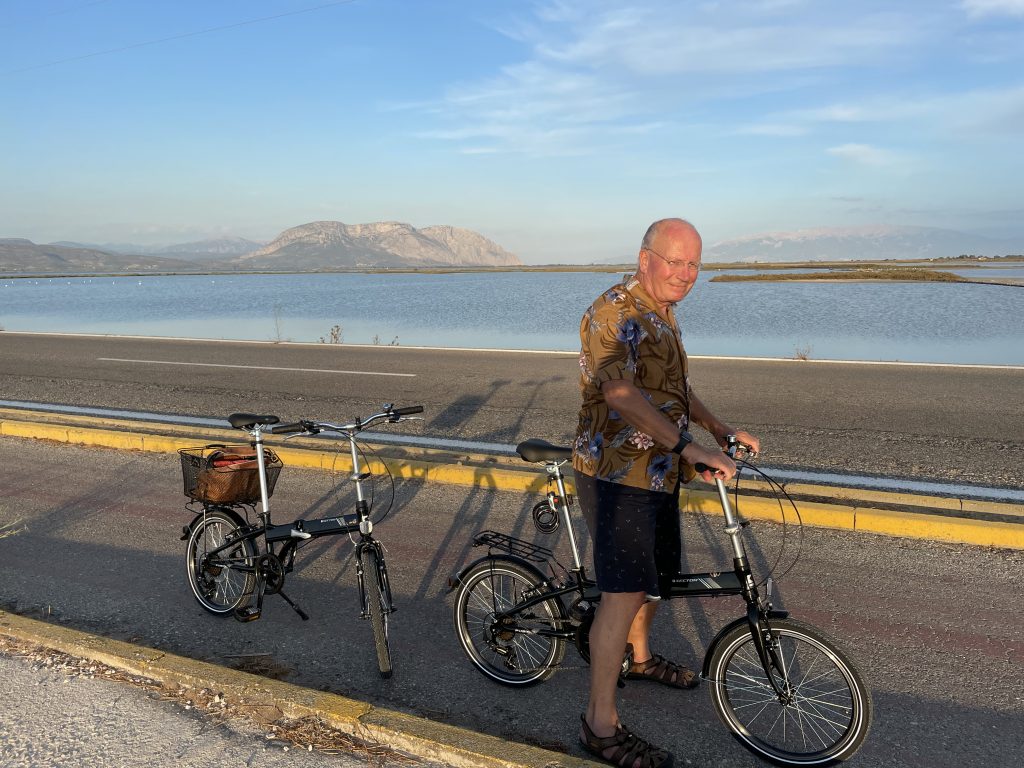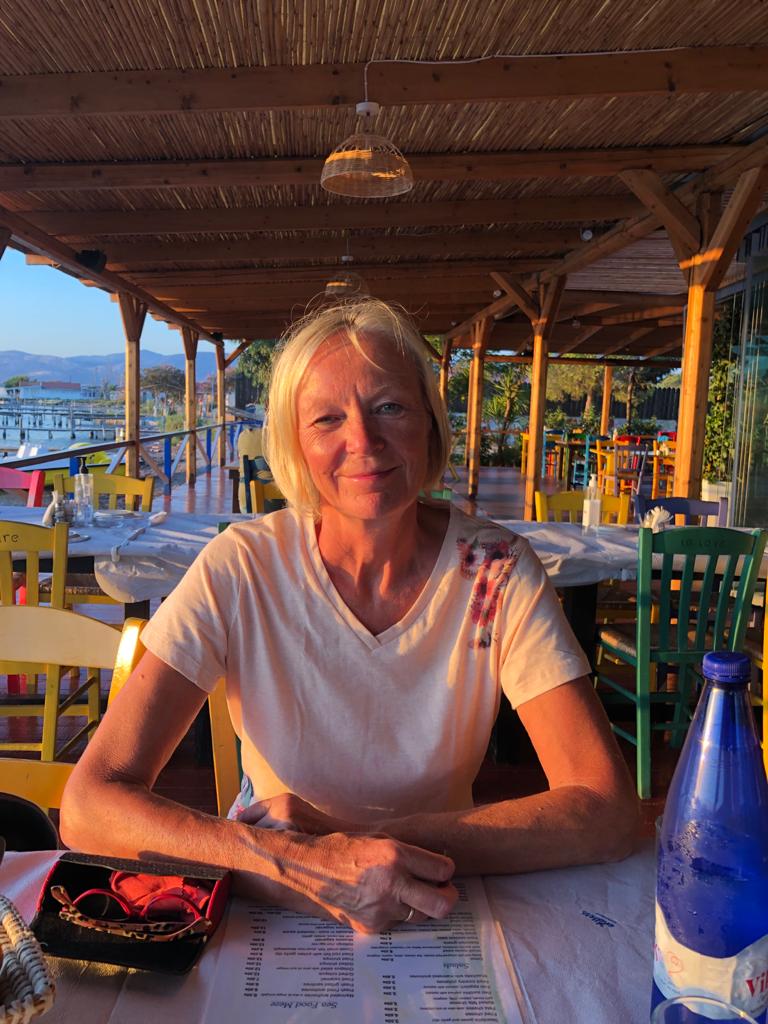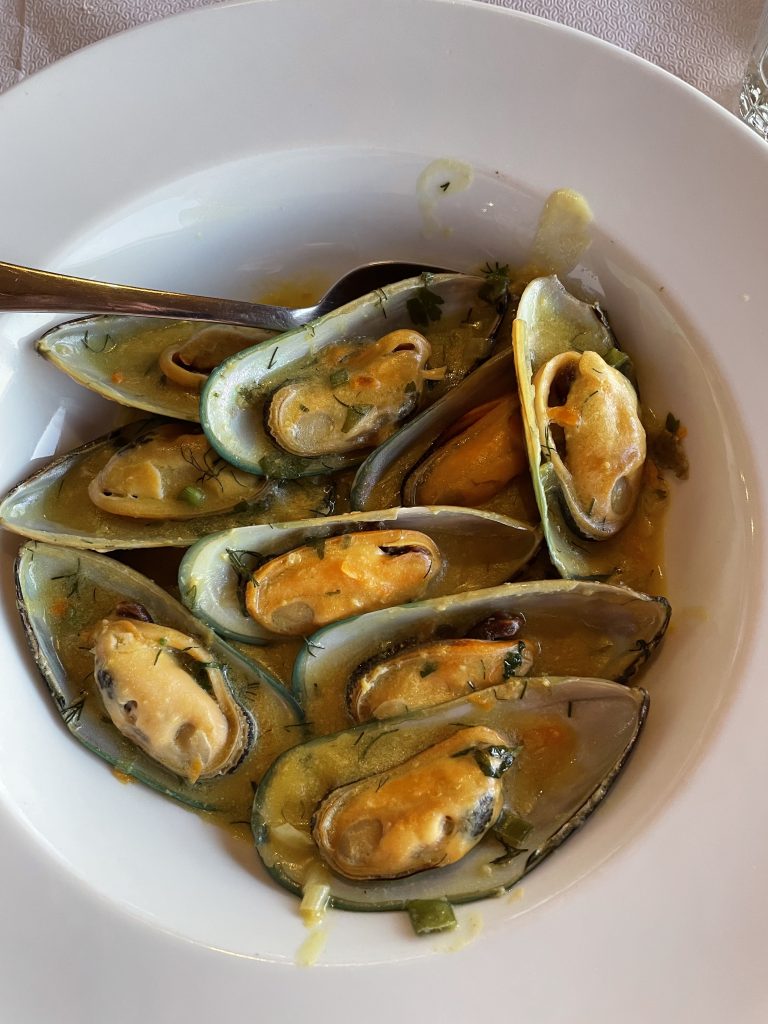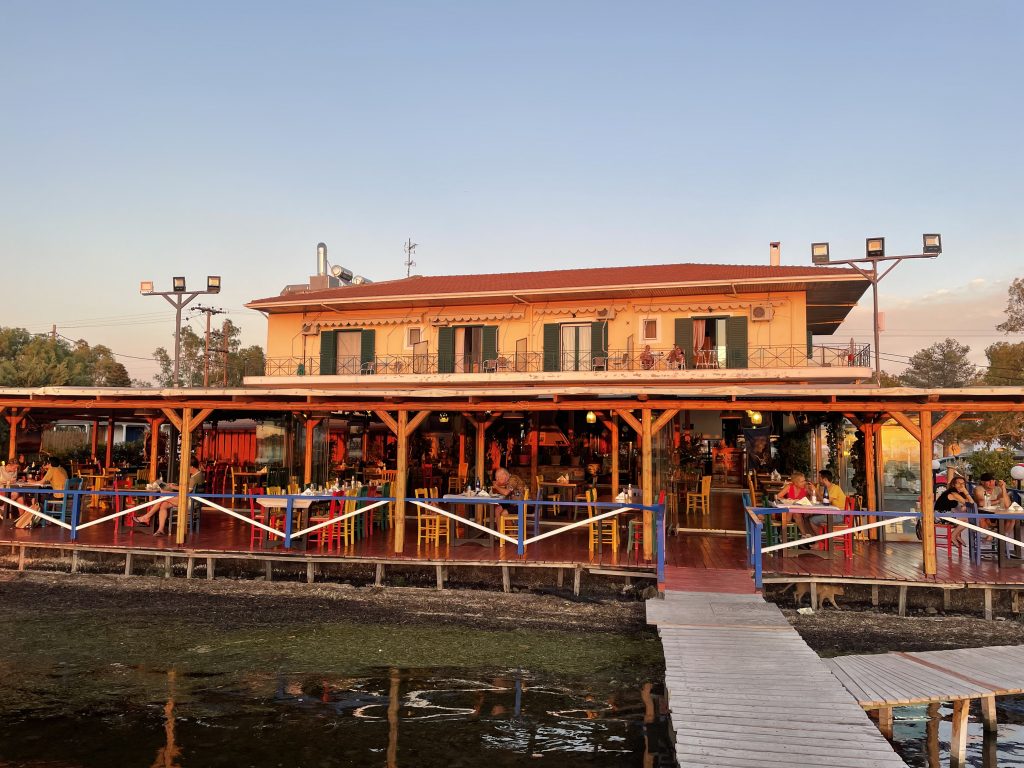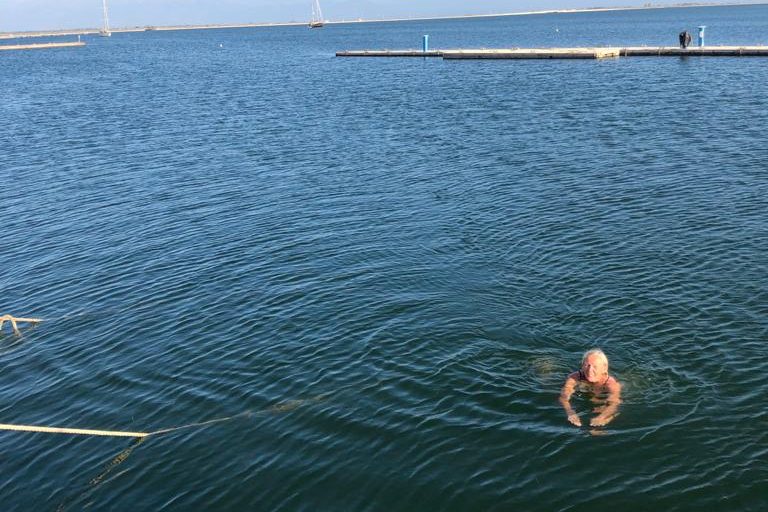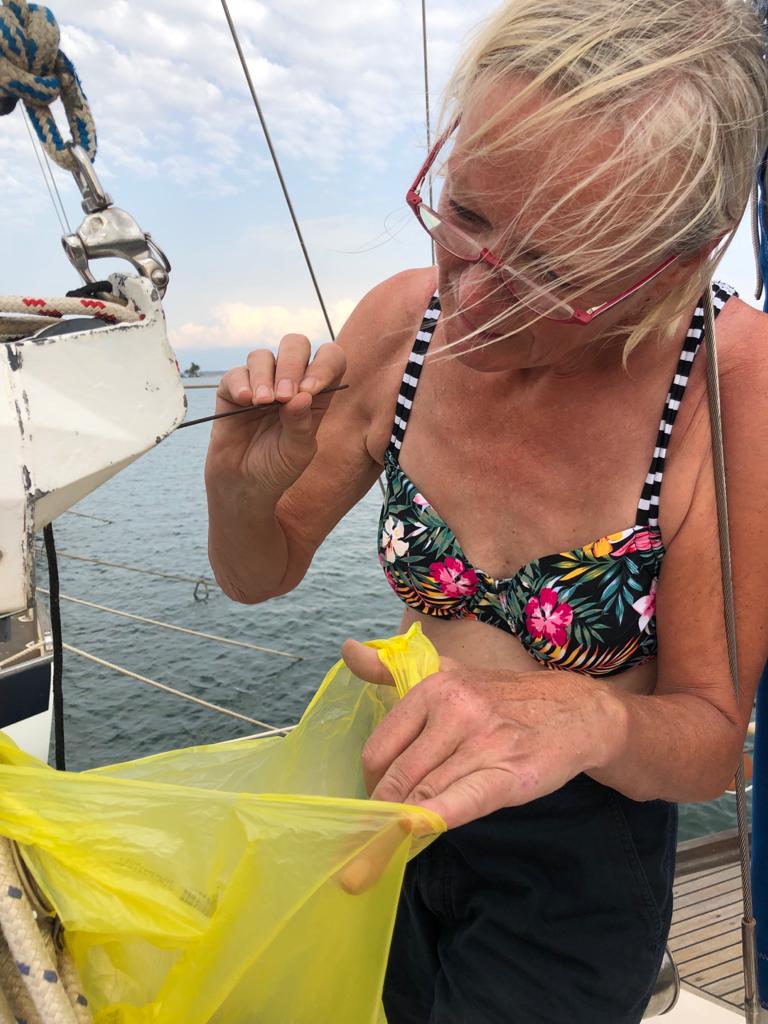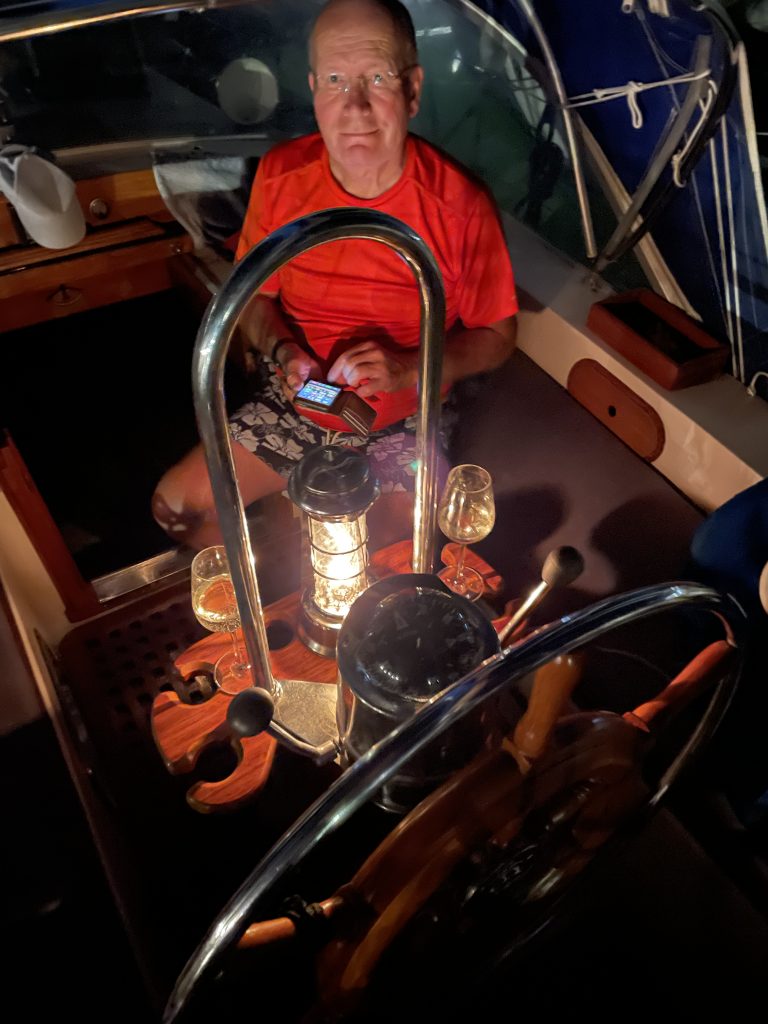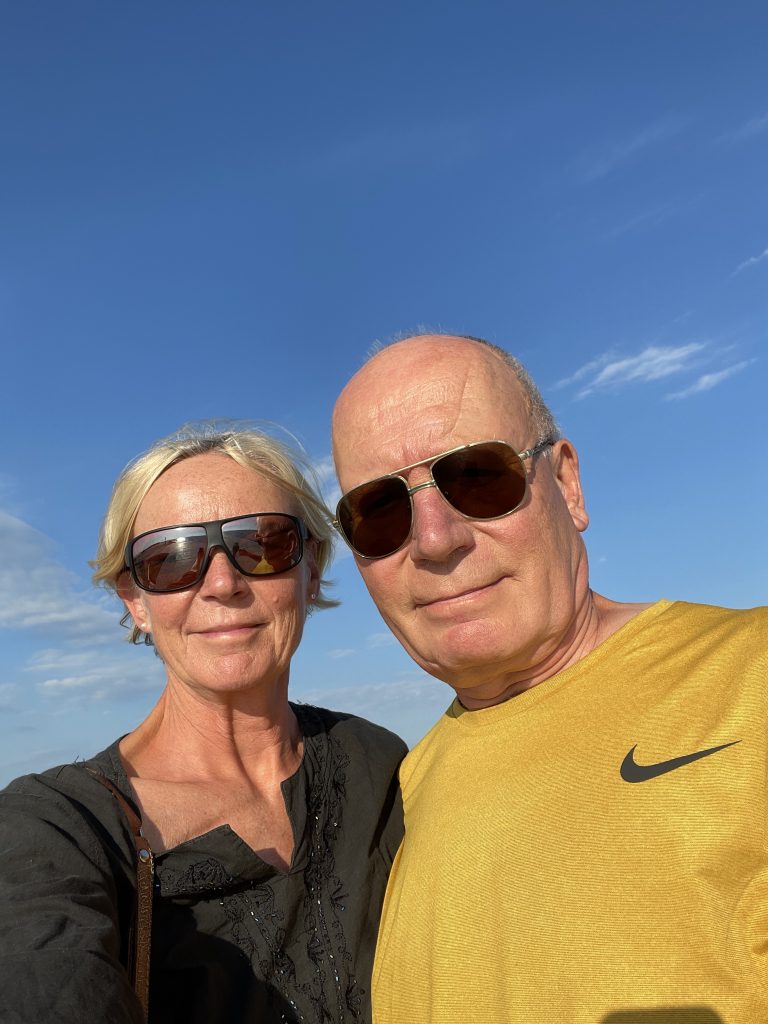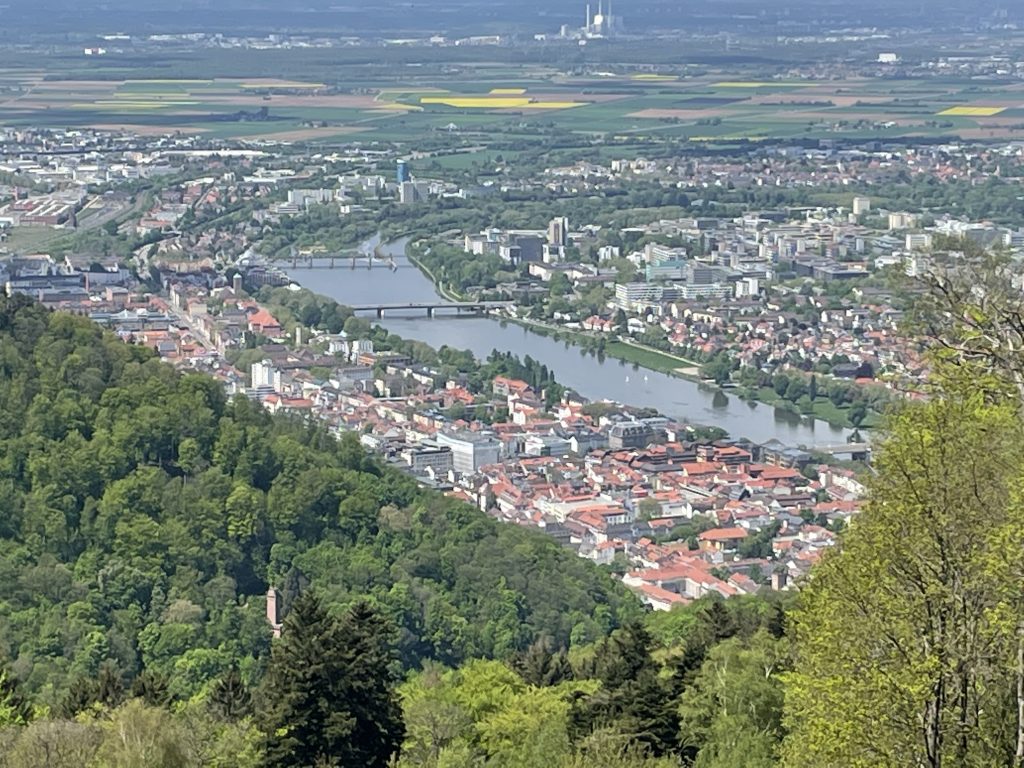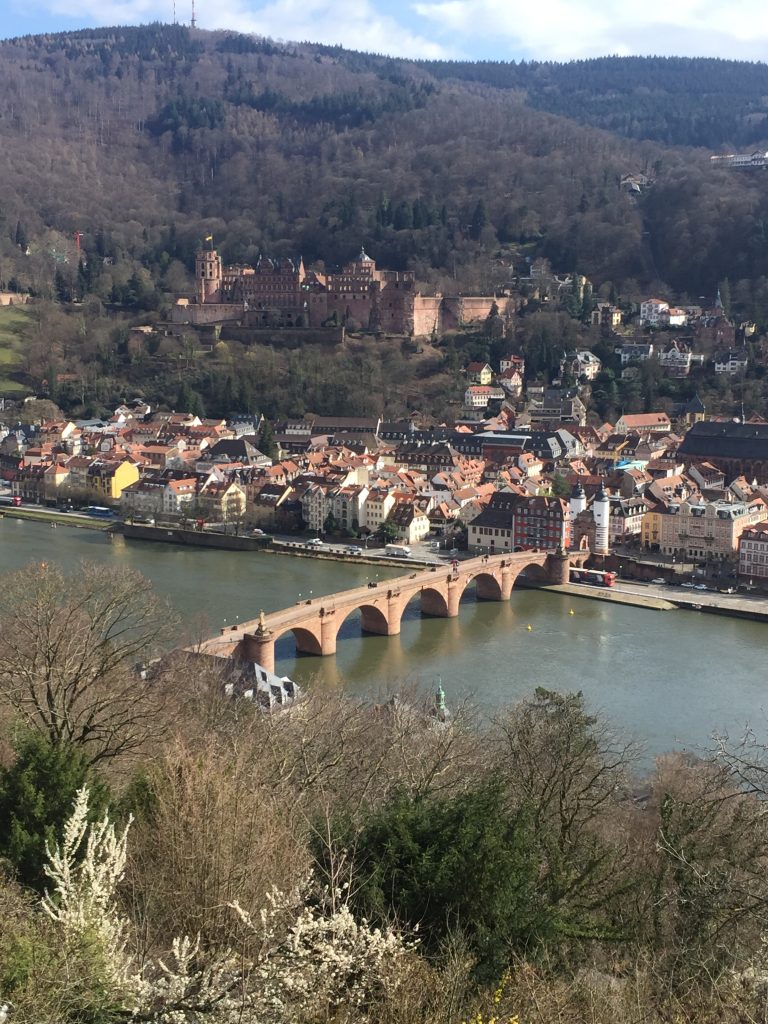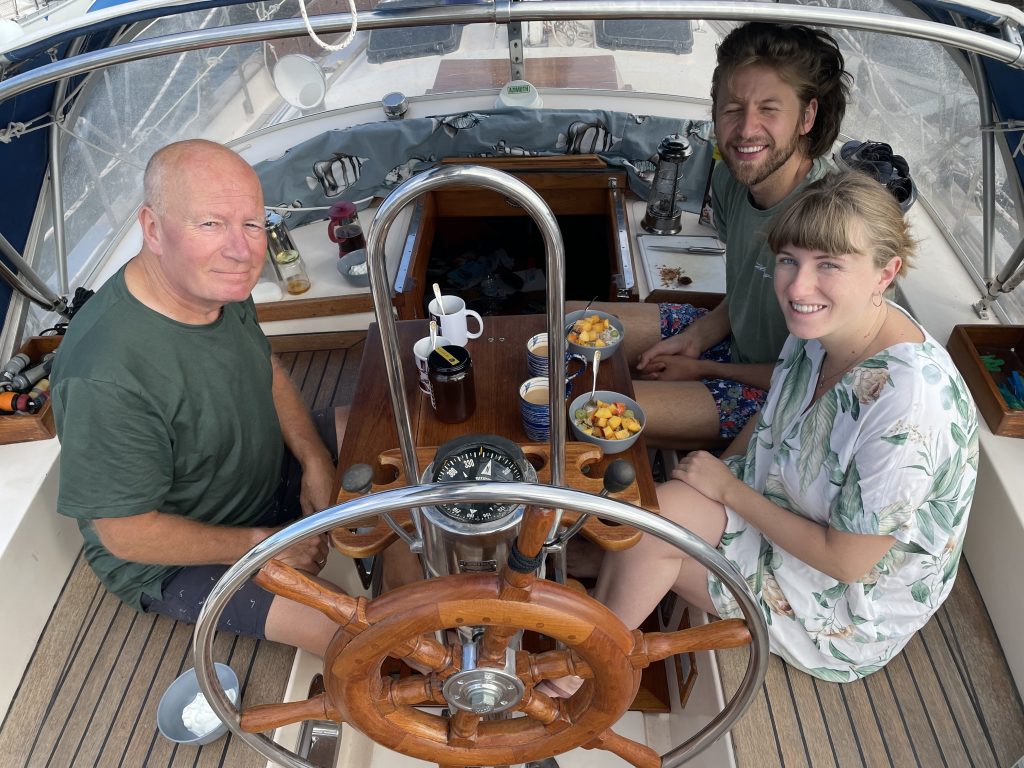
Florin (Gisela's nephew) and his girlfriend Michelle visited us on board, for 10 days. For this time they had a rental car, which was very convenient, because we could not sail, the engine is not ready yet.
So we made many nice shore excursions in the region, there are really enough interesting things to see.
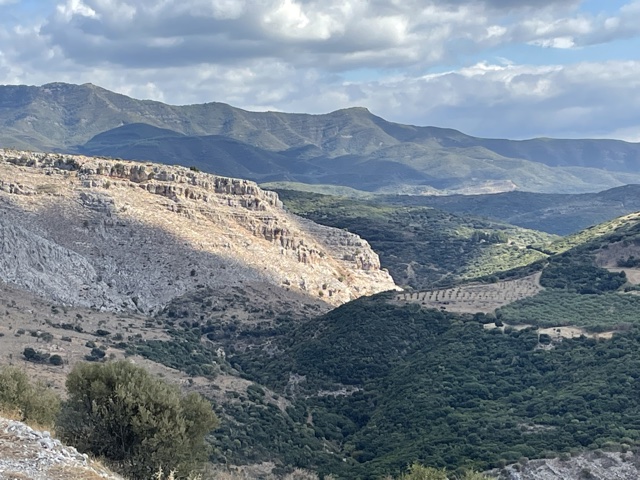
Oiniades, the ancient city with huge city walls, theater, agora and - probably unique - an ancient shipyard, is now located several kilometers from the coast, the water level of the sea was more than 10m higher in ancient times. The city is located in the delta of the Acheloos River, which is partly responsible for the great fertility of this area: vegetables, fruit, olives, wine, cotton and much more is grown here. Just before the mouth in a fascinating water landscape small very poor fishing villages on the edge of the large Petala Bay, which is a popular and very sheltered place for sailors to anchor.
Astakos is located on the Ionian Sea, an hour's drive from Messolonghi through a wild landscape. An idyllic little harbor from which ferries leave for Kefalonia and the Odysseus island of Ithaca. And a beautiful coastline with rocks and small fine pebble beaches, crystal clear turquoise water in the bays.
Tourlida is the beach of Messolonghi, here we were more often, also in the evening for dinner, you have directly the Gulf of Patras in front of you, with sandy beach and beautiful view, inside you can visit the salt mining in the lagoon and the salt museum.
Kryoneri, a small fishing village, is located at the foot of our local mountain, Varasova. Just before it the second river that makes the land so fertile: the Evinos. In Kryoneri, the Varasova with its enormous rock walls drops vertically into the sea, which is very shallow directly in front of it, a nice beach for swimming - if it is not stormy, as it was during our visit.
We experienced a gigantic rock landscape on the Peloponnese, on the trip with a rack railroad from Diakopto, east of Patras, into the mountains. A narrow gauge railroad, steep gorges, partly through canyons, going down vertical rock faces on the left, right next to the tracks, and up vertical rock faces on the right, incredibly impressive. Up in Kalavryta, also impressive, but unfortunately quite different: Here the Nazis murdered all 511 male inhabitants of the village in December 1943, in partisan warfare. A plaque commemorates a total of 104 places in Greece where the Wehrmacht committed massacres. The church clock stands at half past two since that day when the massacre took place.
Today Kalavryta is the starting point for a ski resort a few kilometers away.
And here is the video, we made from our trip with the rack railroad.
Not only our guests, we also got to know many beautiful old and new places and learned again a lot about this beautiful and interesting region. Now we are getting used again to live on our boat just the two of us.
